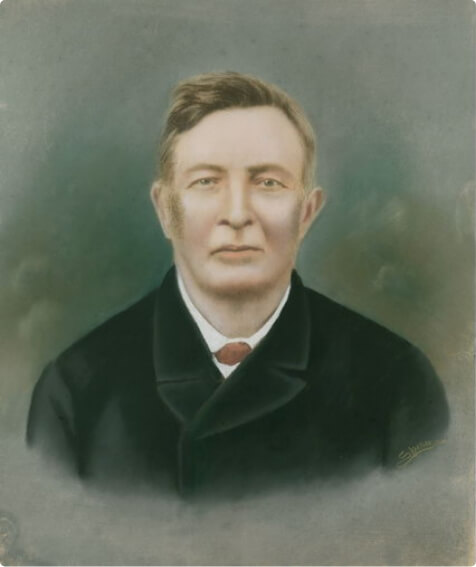
Ernesto Lourenço S. Azevedo, a merchant that was already settled in Faial, owned a handicrafts store on the Infante Square (the "Bazar of Fayal manufactures & products") that traded in local products. He sold embroidery, lace, straw hats and baskets, feather flowers, cutwork and many other items made by local craftsmen. He participated in the 1888 Lisbon Industrial Exhibition with these products, receiving the event’s gold medal and diploma for the quality and diversity of his products.
The turn of the century led Ernesto Azevedo to the Tenente Valadim Street, acquiring one of the buildings which today is part of the space known as Peter's. Calling it "Azorean House" and continuing to sell handicrafts but also drinks, this new establishment provided the owner with the enormous advantage of being closer to the port and, therefore, to all the activity it generated as the only place through which people and goods could leave and enter the island.
in "ÀS LAPAS: Contos e Narrativas Faialenses”, Horta, 1988
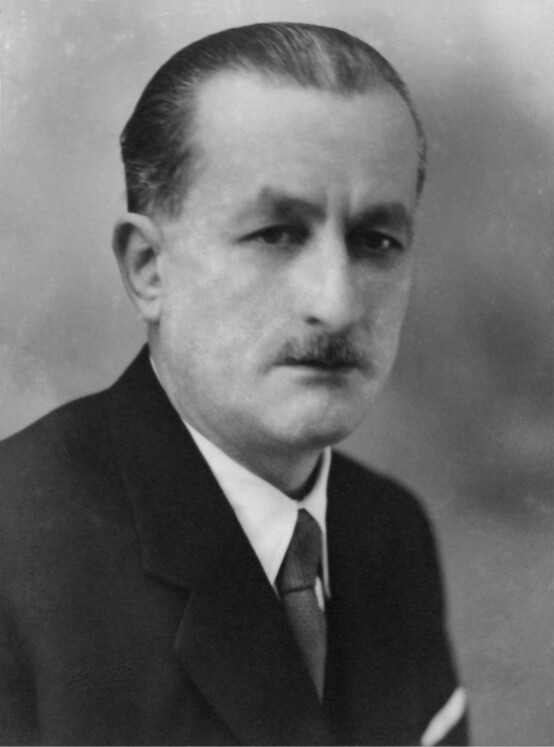
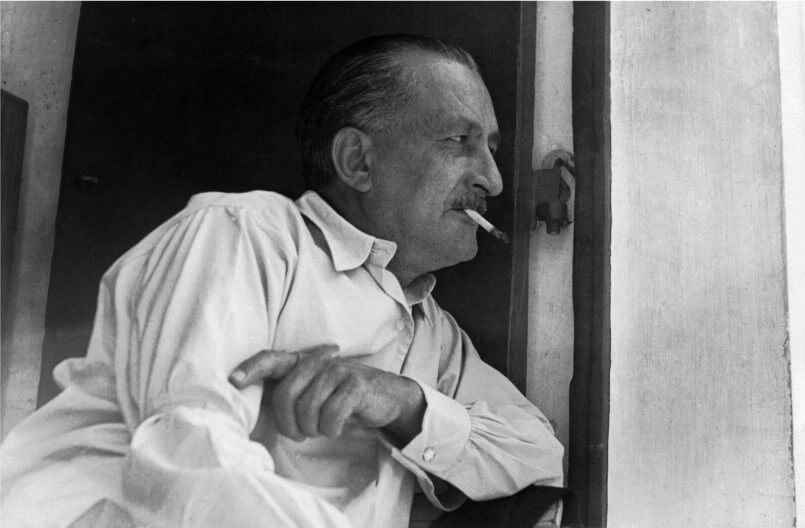
In 1918, Henrique Azevedo transfered the Azorean House to the next-door building located to the north, keeping the same business but changing its name to "Café Sport", thus naming the coffee house after his passion for sports, as he usually practiced soccer, rowing and billiards.
Henrique Azevedo pioneered some of the great features that are still typical of Peter's today: the choice of furniture (the same type of furniture is still used), an eagle as the symbol and gin and tonic as the much appreciated beverage.
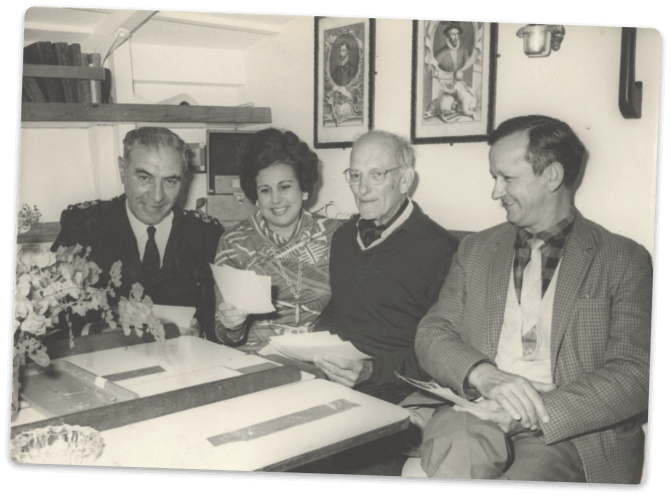
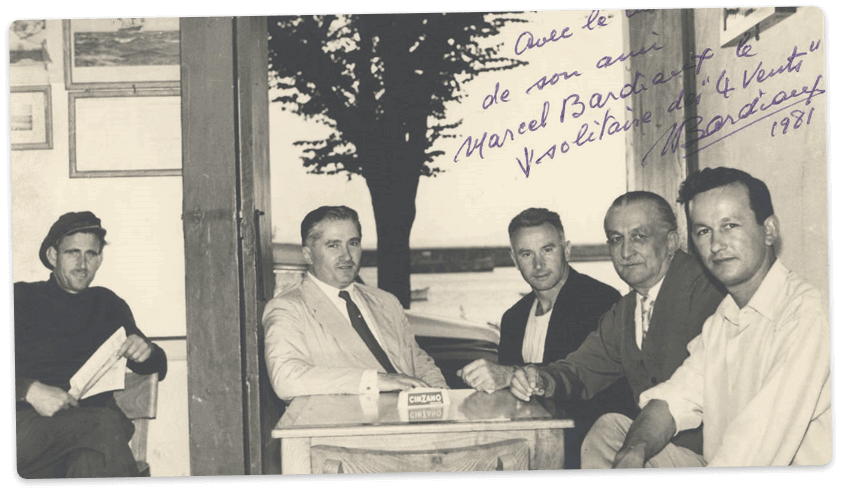
At the end of the 1930s, José Azevedo, Henrique's son, started helping in Café Sport while also working on the English ship HMS Lusitania II of the British Royal Navy. This ship had been anchored in Horta since 1939 after being hit by a depth bomb.
During his period working for HMS Lusitania II, José developed strong ties with the crew of the ship, to a point that one of the officers, due to the similarities between his son and José, missing his son and as a way to mitigate his homesickness, asked him if he wouldn't mind being called "Peter". The name stuck. Even the local Azorean started calling him by his new nickname and, for the rest of his life, José Azevedo became "Peter".
In 1944, with the beginning of the war, "Peter" ended up abandoning his post at Lusitania II, starting to work full time at Cafe Sport to help his father, Henrique Azevedo, due to the large influx of ships that were arriving at Horta during this period. Castaways, wounded and sick, people looking for shelter, others in need to refuel and repair their vessels, others simply to rest for a few days.
It was within this context that "Café Sport" became a point of reference for all who passed by Horta, providing friendly help for all those who required it, independently of the matter, technical or humane, for all nationalities, creeds and races.
Few years passed, the war was over and most people brought by it to Faial were already gone. In the late 50s, a new type of visitors began to arrive in Faial: recreational sailing boats… and so it begins, the bonds created with these adventurers, who left everything chasing a dream, became the reason behind "Café Sport"'s - current worldwide recognition among travelers and yachtsmen.
With time, "Peter" became not only the name by which the owner of "Cafe Sport" was known, but also the designation of the institution that has been providing help to the international sailing community for the last few decades.
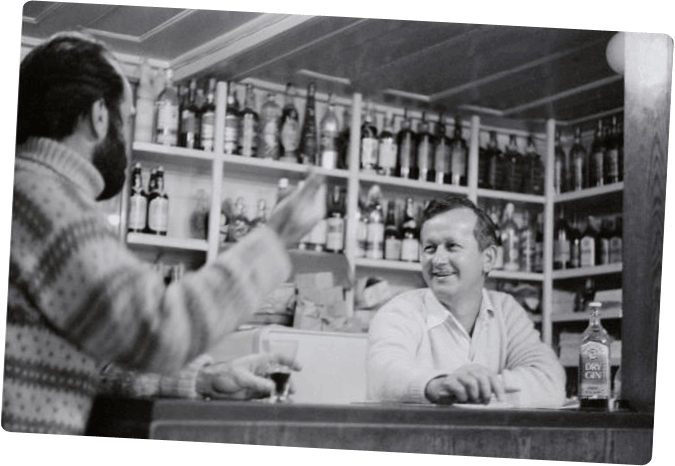
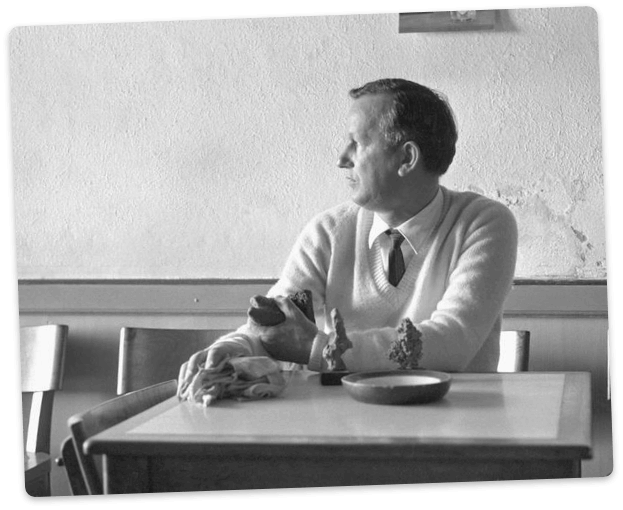
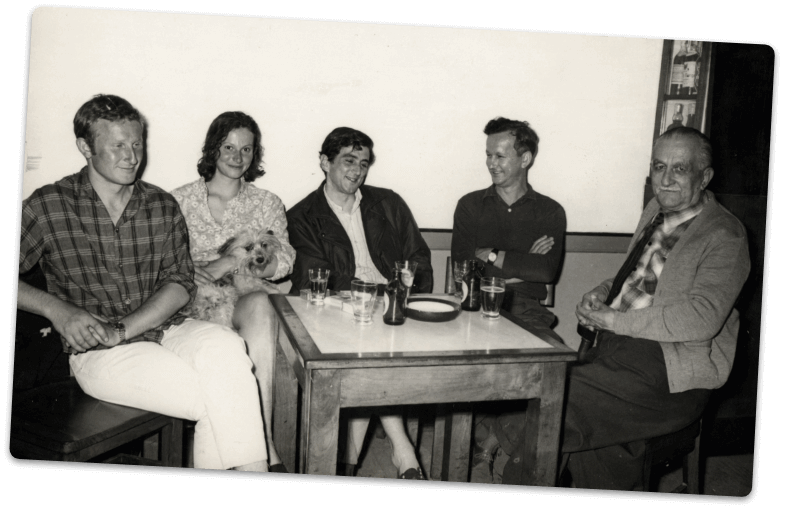
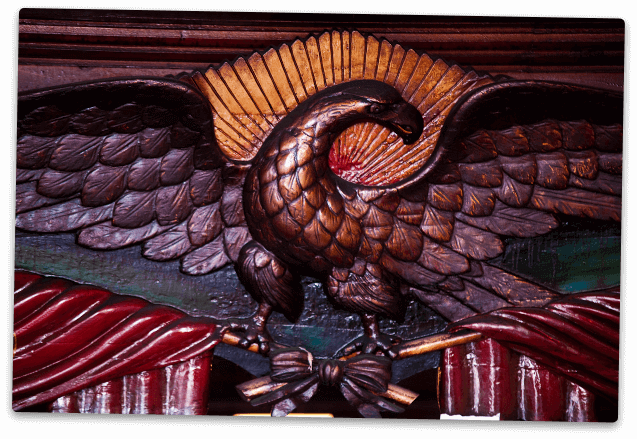
In 1975, the Café Sport moved to an annex building to the north, under a commercial agreement with a regional company. It was in these new and larger facilities that some aspects of the coffee house were changed; the eagle that was outside as a symbol was moved inside and placed in a high position above the bar.
A whale carved from sperm whale bone is now outside symbolizing the Café; it was a gift by craftsman M. D. Fagundes, who supplied the establishment with those artifacts. It was also in these facilities that the flags which José Azevedo received as a gift started to be exhibited and hanged on the walls (symbols of the yachts or clubs to which they belong).
The move to new facilities came to an end in 1983. With the acquisition of the building where the Café had started its operations, Peter’s moved to its current facilities with the look that it currently features.

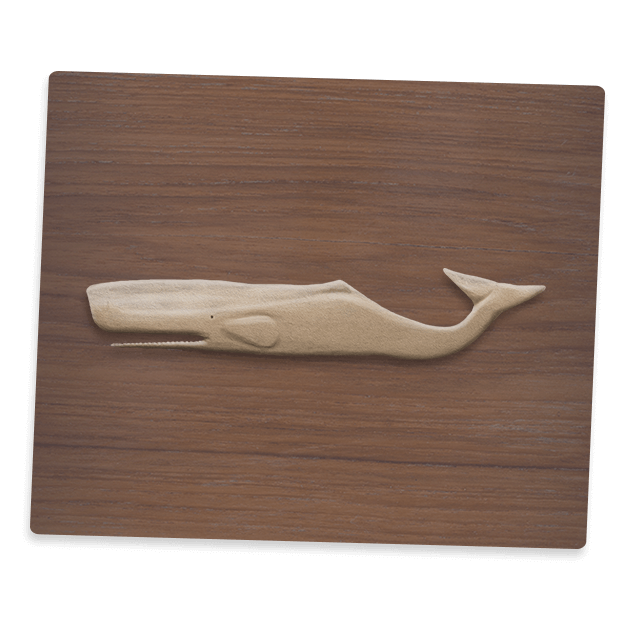
José Azevedo kept the family tradition and aspect of the business and associated his son José Henrique Gonçalves Azevedo to the management of the establishment. José Henrique had already devoted his holidays to work at the coffee house since 1967, receiving his grandfather and father's heritage and mystique, along with the friendly and personal way of welcoming guests that is typical of Peter’s Café Sport.
But it was not until 1978 that he devoted himself full time to the company, and it was largely due to his commitment that Peter’s Museum came to life in 1986 after the adaptation of the top floor. It is a real gem visited by thousands of tourists and it is the apple of the eye of its owners. Simultaneously, coinciding with the decrease in the manufacture of handicrafts from ivory and whale bone, a new line of souvenirs was launched, advertising Peter’s and disseminating its new image: the whale.
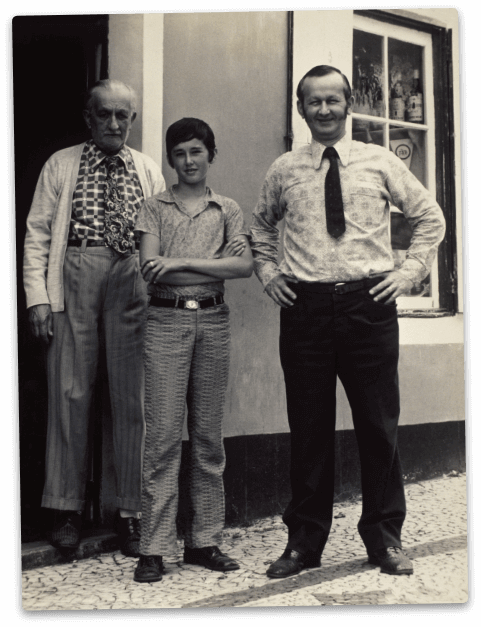
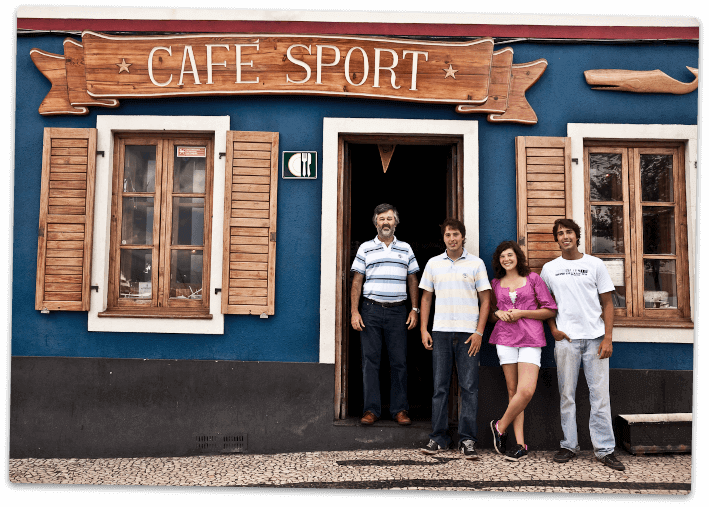
The establishment always had a fundamental feature: it was a family business, occupying the father, Ernesto Azevedo, and two of his sons: Ernesto Lourenço Ávila Azevedo and Henrique Lourenço Ávila Azevedo, who would eventually be the continuator of family tradition and the heir of " Azorean House ". Later, the coffee would be handed over to José Azevedo, Henrique’s son, who, as a young child, distributed household beverages to the homes of foreigners in straw baskets.
Peter’s Scrimshaw Museum was opened in 1986, becoming a must-visit for everyone seeking to learn about the true history of Faial. Its importance is widely recognized as it preserves, through the pieces on display, the testimony and memory of this great adventure that was the whaling, mainly in the islands of Faial and Pico.
One of the largest and most beautiful collections in the world of Scrimshaw is still exhibited: the ancient art achieved through the process of engraving and carving on the teeth and bones of sperm whales caught on the high seas. This practice was born aboard the New England whales and was perfected by the Azores. The best-performing pieces were saved, cherished and handed down from generation to generation by the Peter family until they reached our museum.
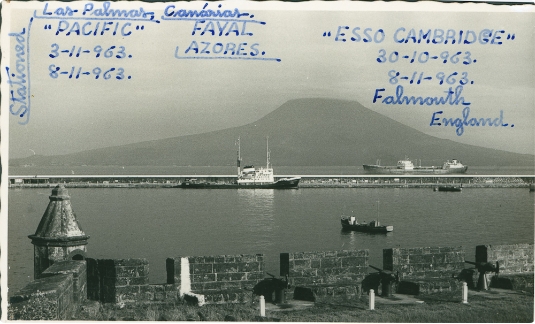
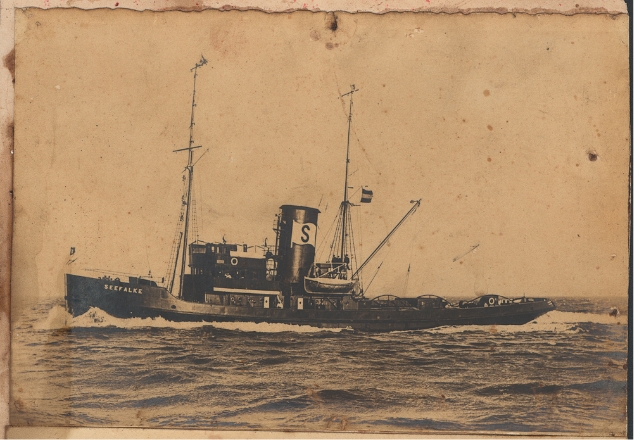
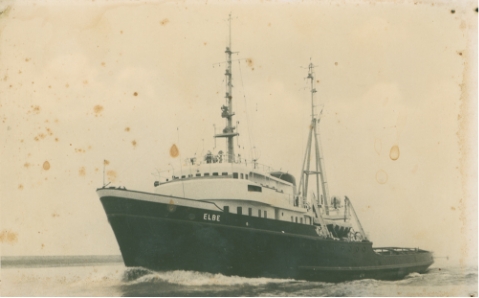
The twenties added an important new element to the development and consolidation of the Café Sport; from 1921, Dutch tugboats were stationed at the port of Horta. The difficulties of navigation in the North Atlantic in winter, the poor technical condition of ships and the lack of a more accurate and early weather forecast made navigation dangerous, and there were frequent requests for assistance from vessels caught by bad weather. Horta was one of the harbors where Dutch tugs were positioned, providing support and assistance to ships in difficulties. Stationed in Faial in the winter during the so-called "low season," a time when movement at the Café Sport tended to decrease, the crews of the Dutch tugs were an important part of the coffee house’s business, as they preferred it and became regular and good customers.
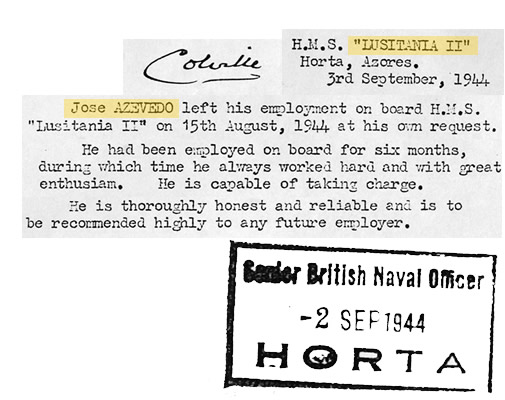
At the beginning of the war, HMS Lusitania II of the Royal Navy traveled to Horta. It had lost the stern due to the premature explosion of a depth bomb. The ship moored in the port during the whole World War and was used as the base for the distribution of communications to ships that performed military missions in the North Atlantic. Peter’s name was born in Lusitania II. A senior officer who worked there and who was the head of the ammunition service and was in charge of the ship’s maintenance became friends with José Azevedo. Thinking that he resembled an absent son, the Englishman began to call him by his son's name, Peter, arguing that by doing so he would think that his son was close to him. From the Englishmen to the Portuguese, the name Peter started to be used as fast as indelibly, supplanting the baptismal name of José Azevedo.
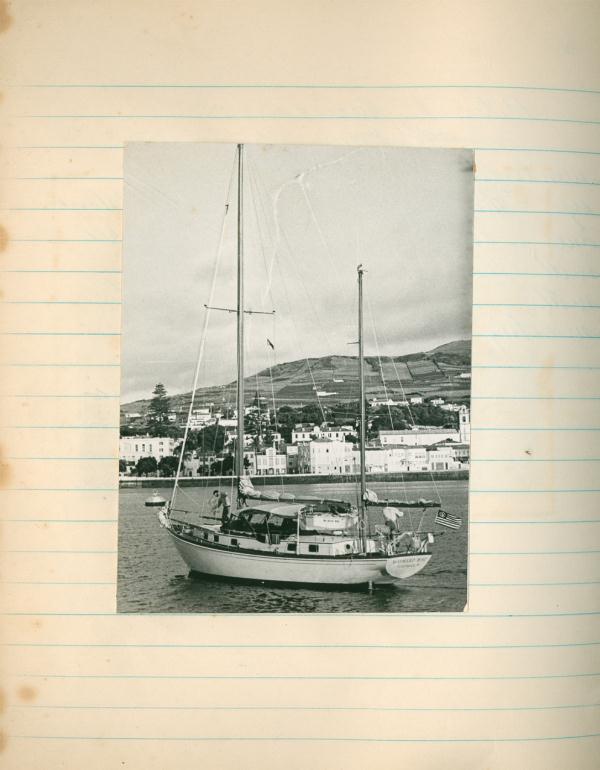
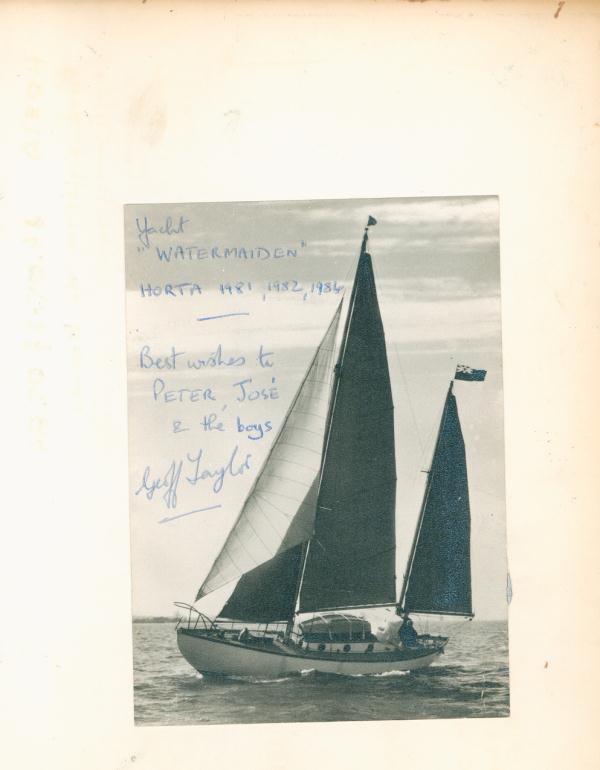
The sixties brought to Faial and to its port a new type of visitor: the crewmen of pleasure craft that, for defying the dangers of the seas on boats that were sometimes tiny, received the nickname of "adventurers" in Faial. The increasing demand of Horta by these crewmen resulted from a combination of multiple factors, ranging from its strategic location in the Atlantic and the natural conditions and attractiveness of its bay to the unusual ability of its people to welcome and to be helpful and hospitable, creating and strengthening bonds with foreign visitors. But crucially the dissemination among the international yachting community of the excellence and attractiveness of the port of Horta benefited from the numerous written testimonials that several generations of adventurers recorded in books. And the number of yachts that arrived at Horta increased every year, registering their visit to this port with a painting on the breakwater’s wall and, from 1986, at the marina itself which was built to meet this growing demand of yachtsmen for Horta.
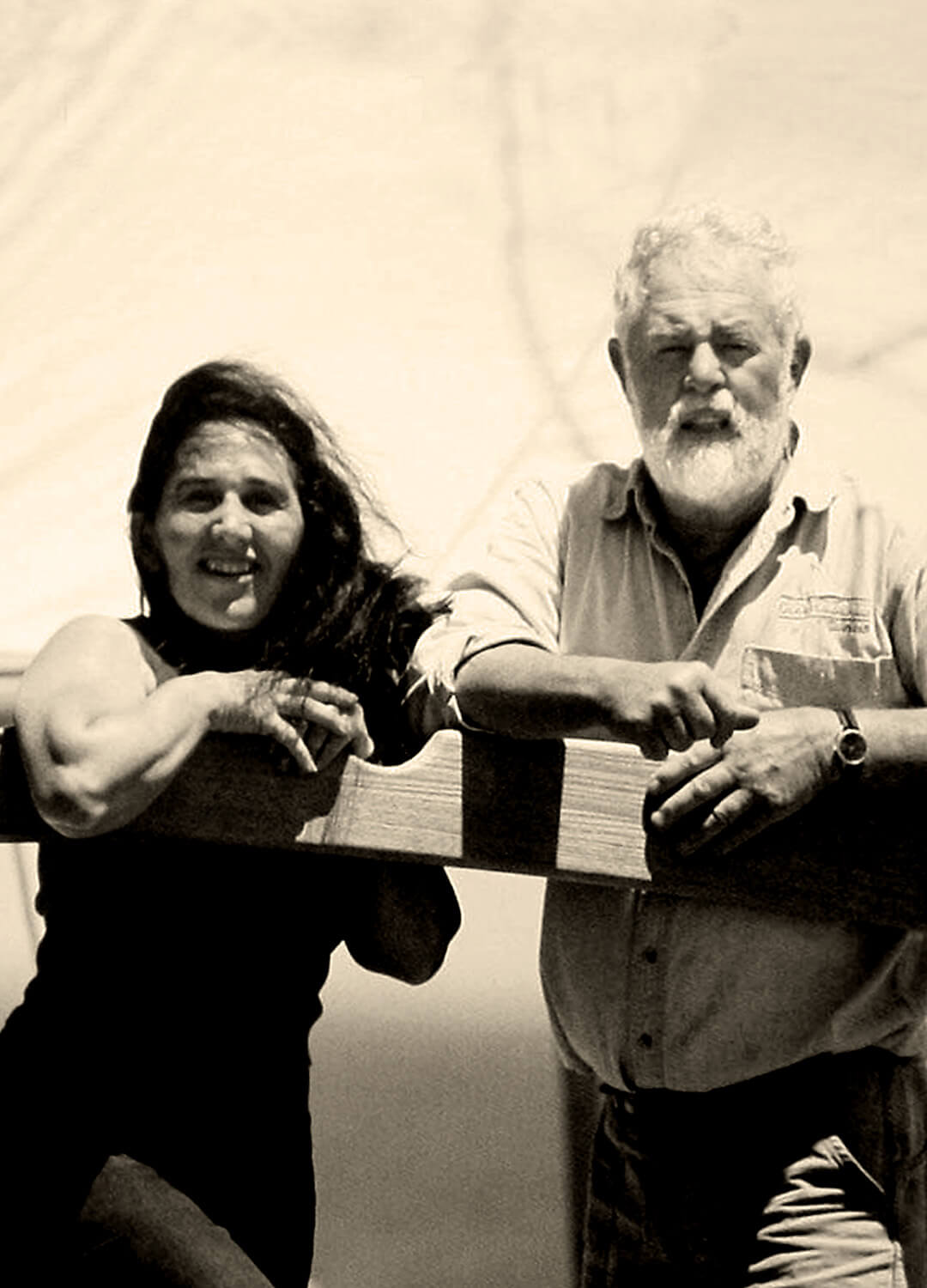
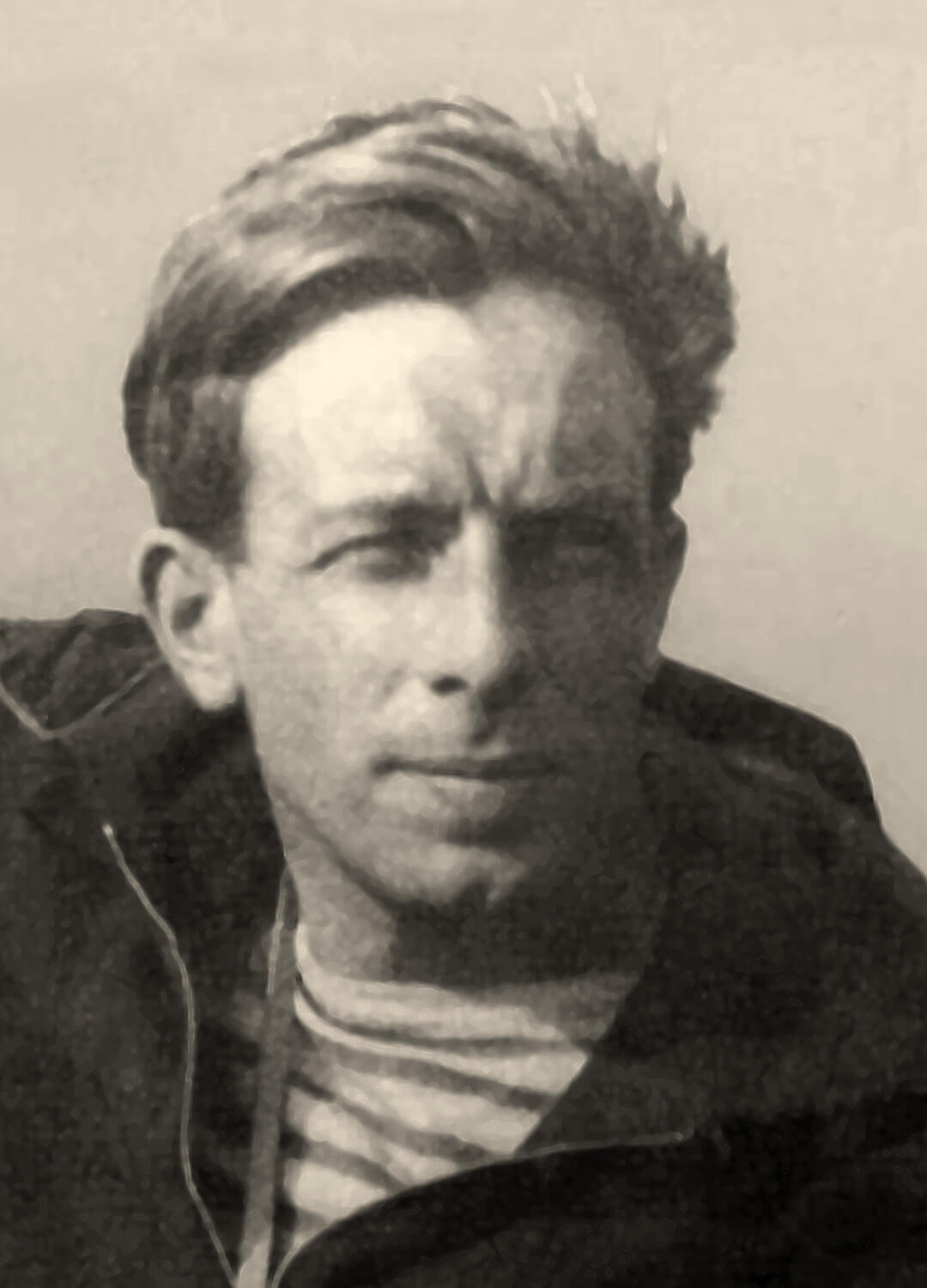
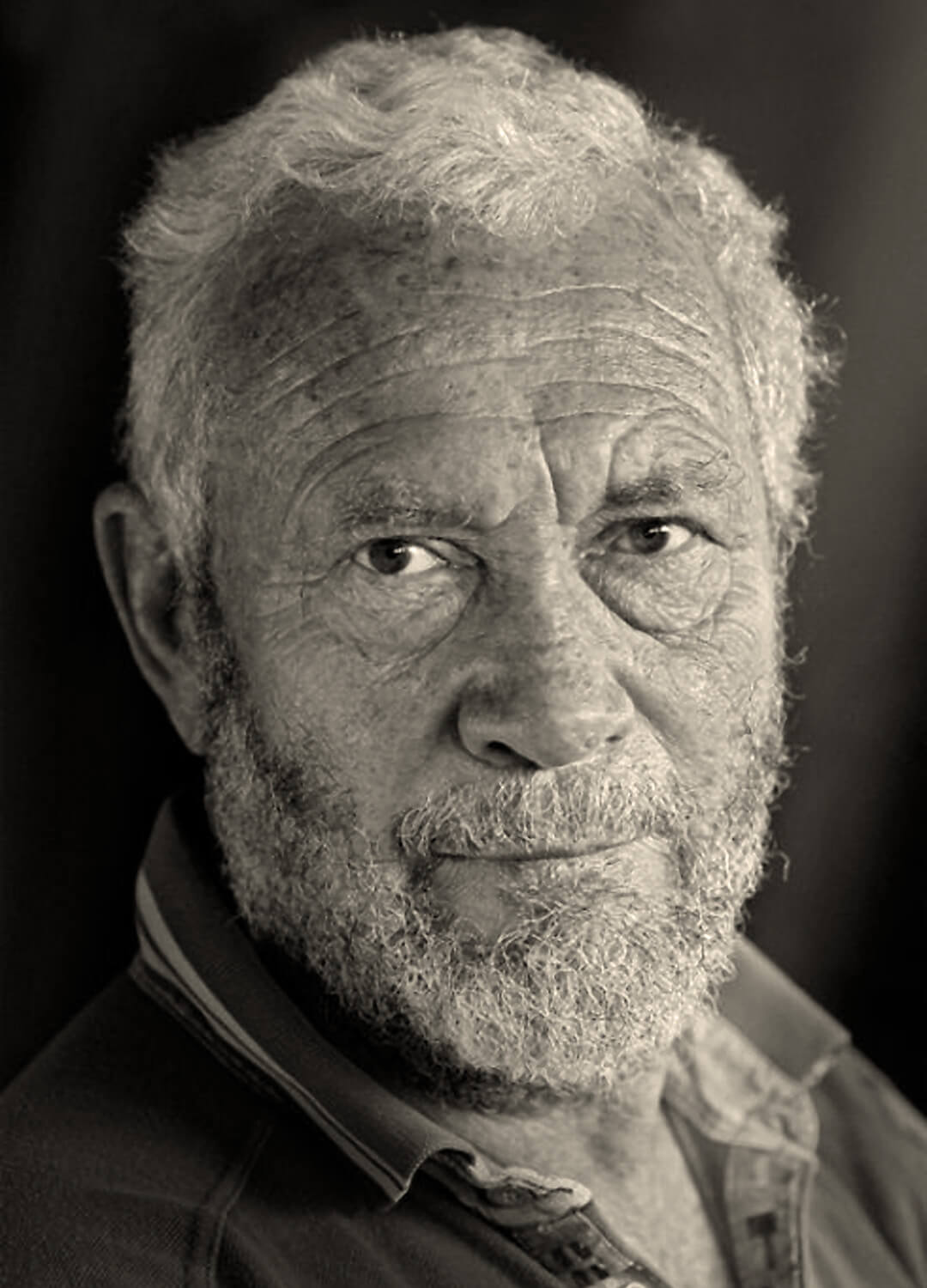
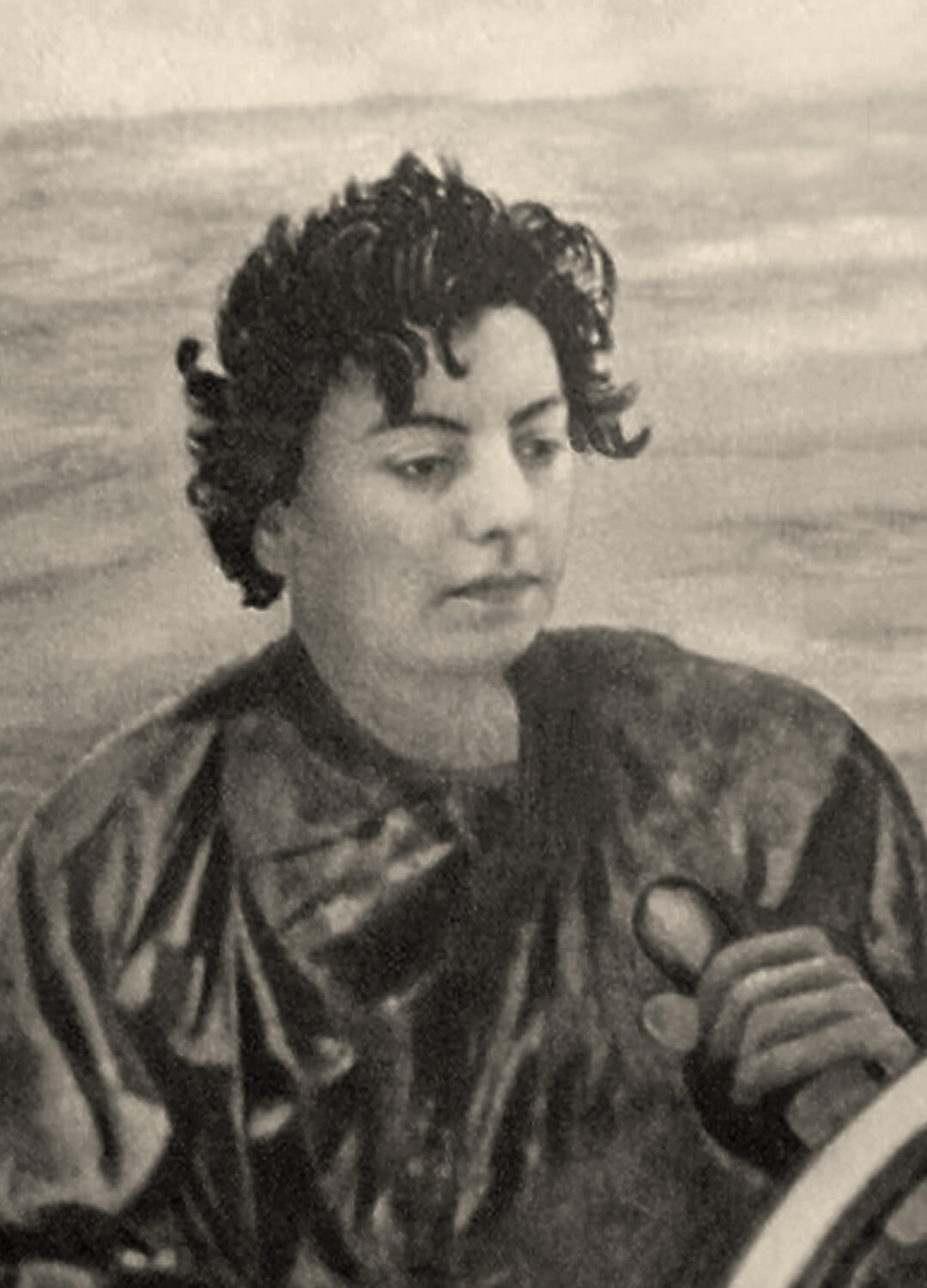
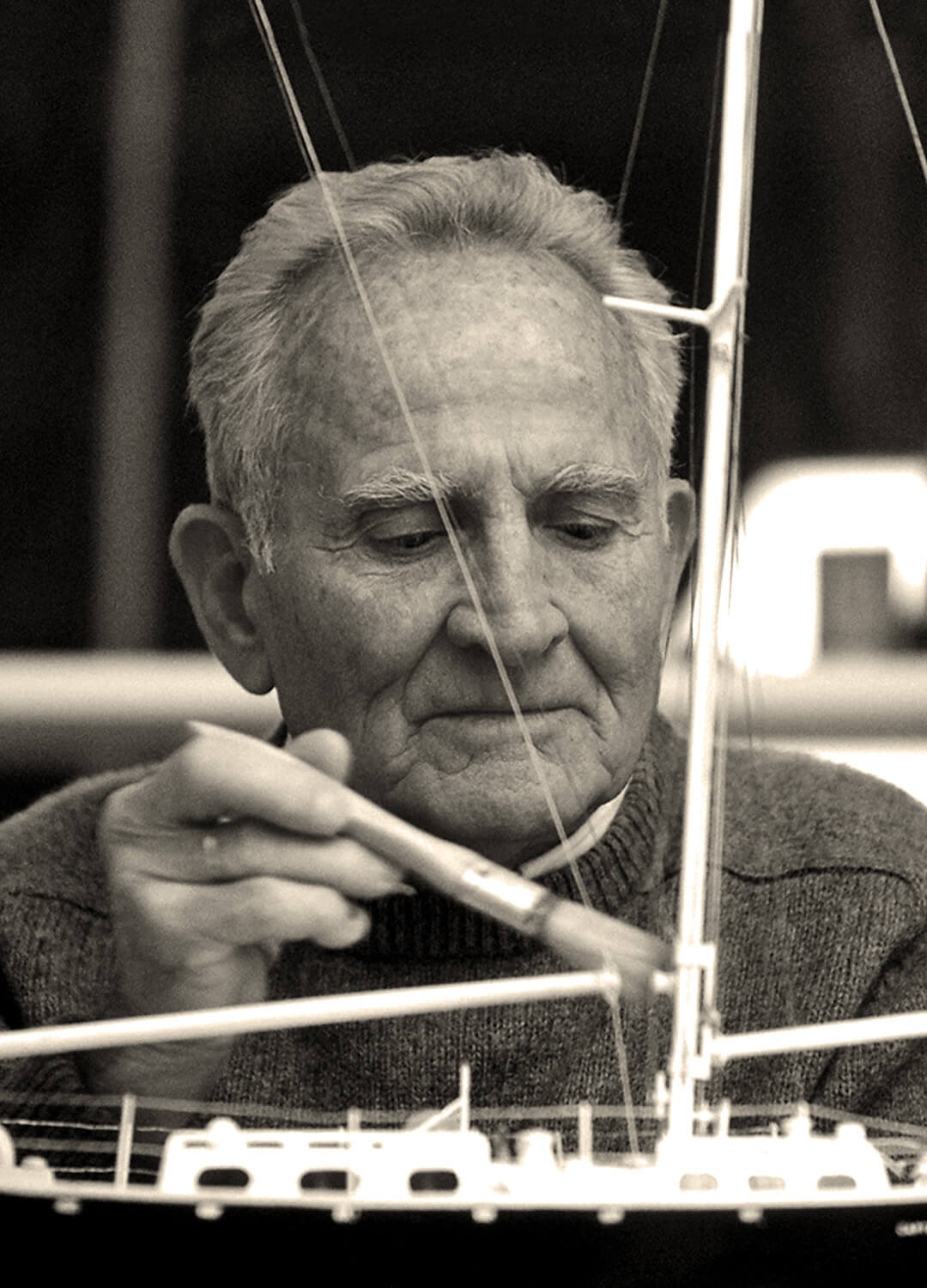
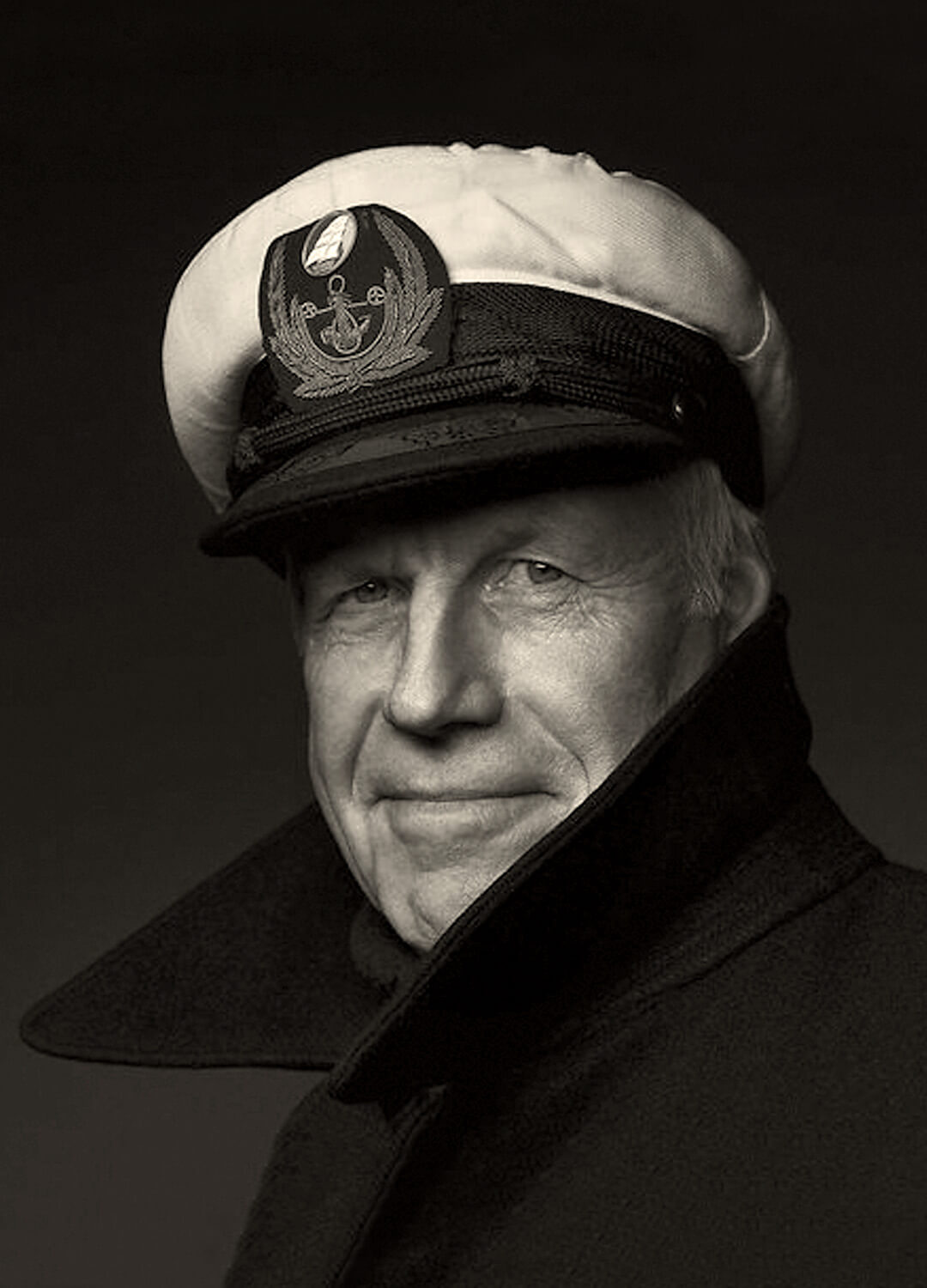
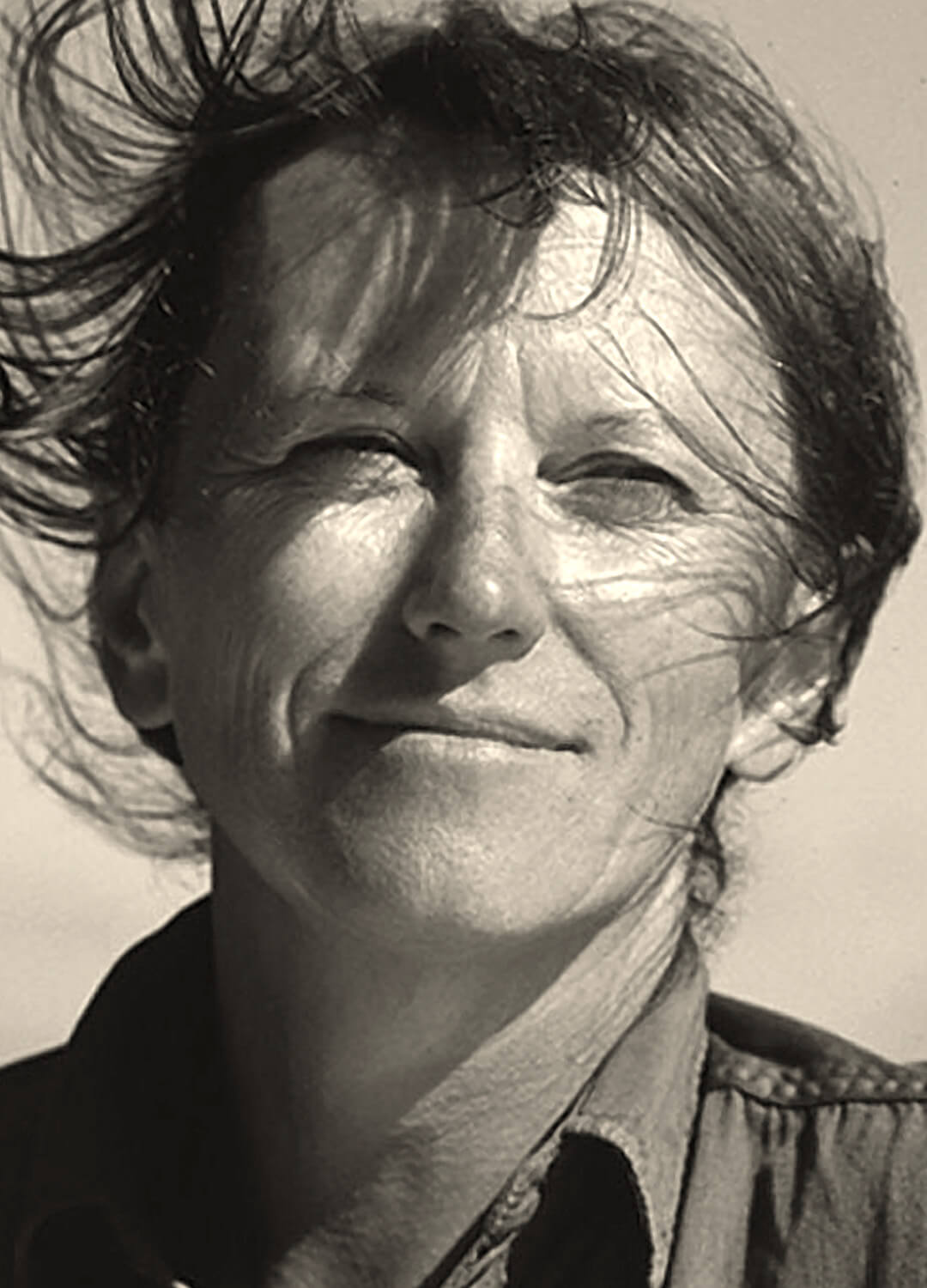
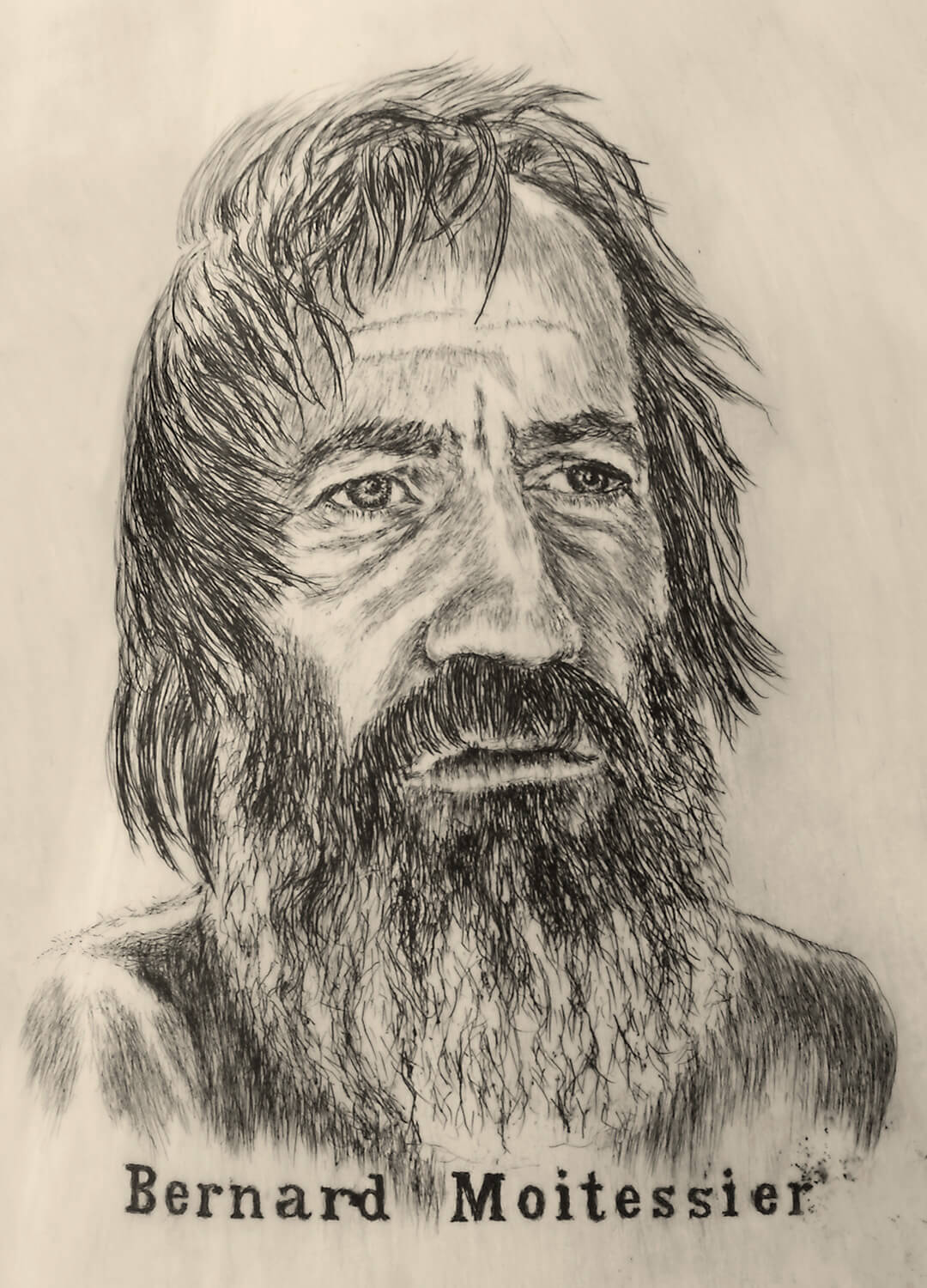
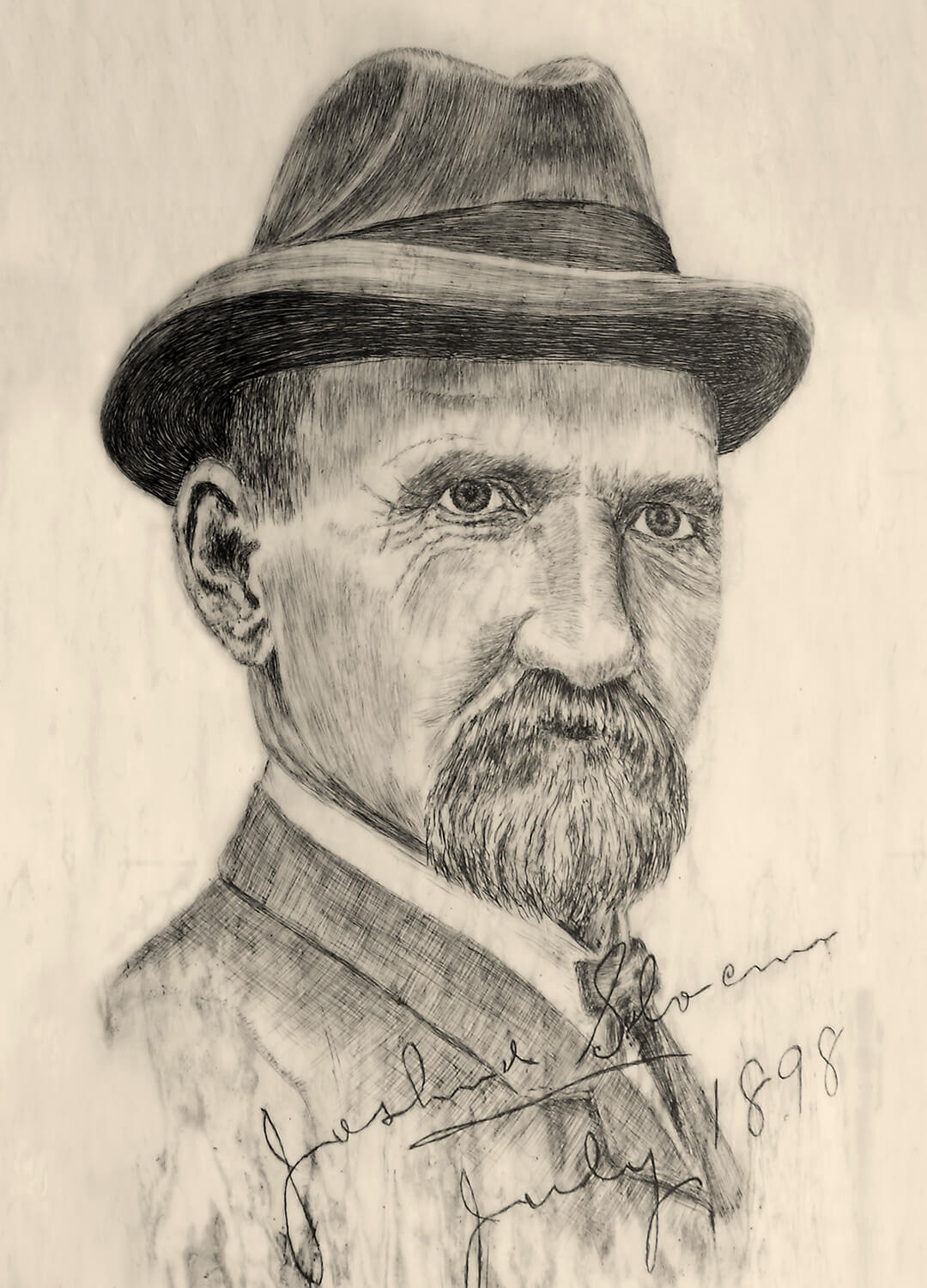
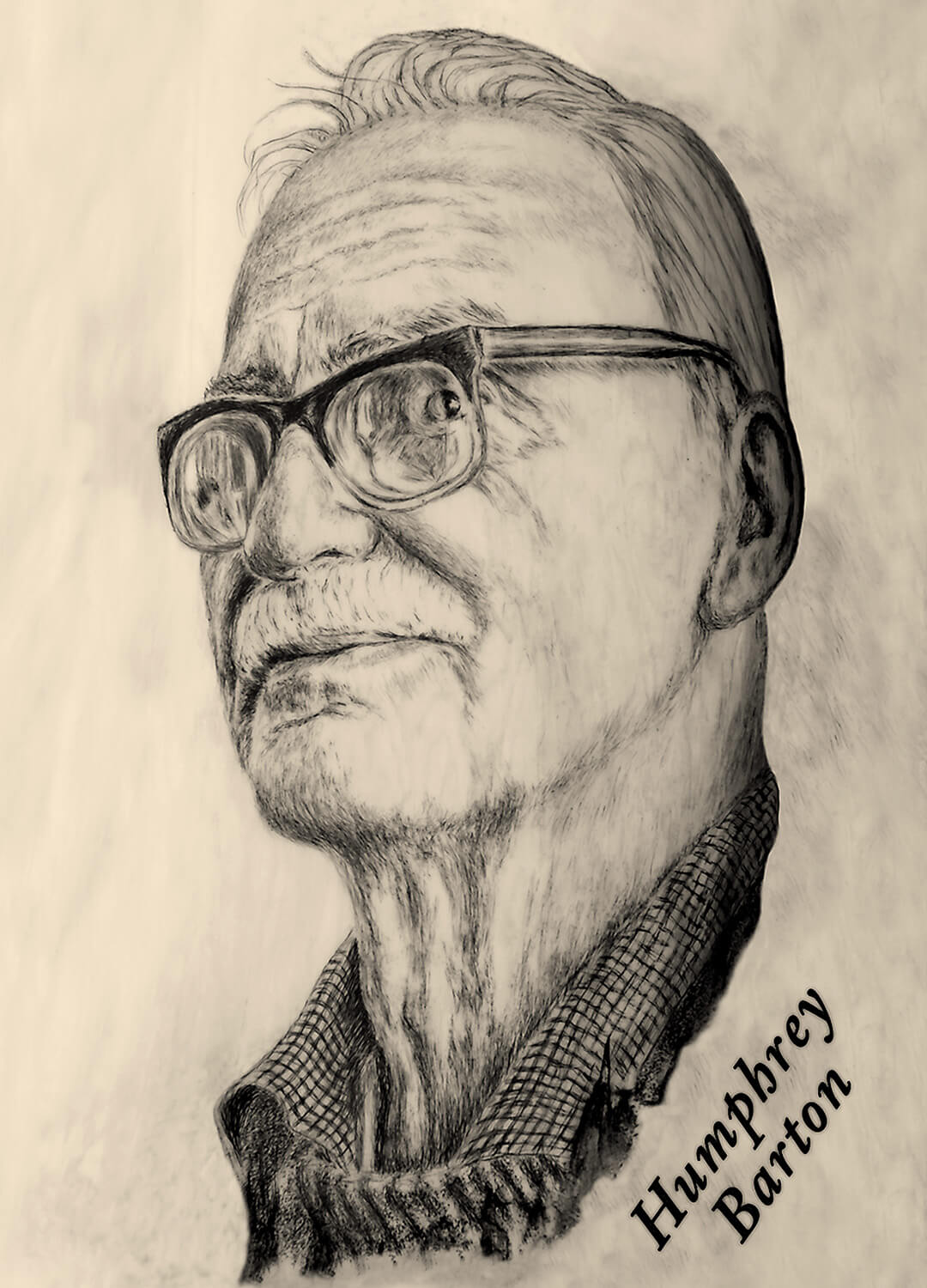
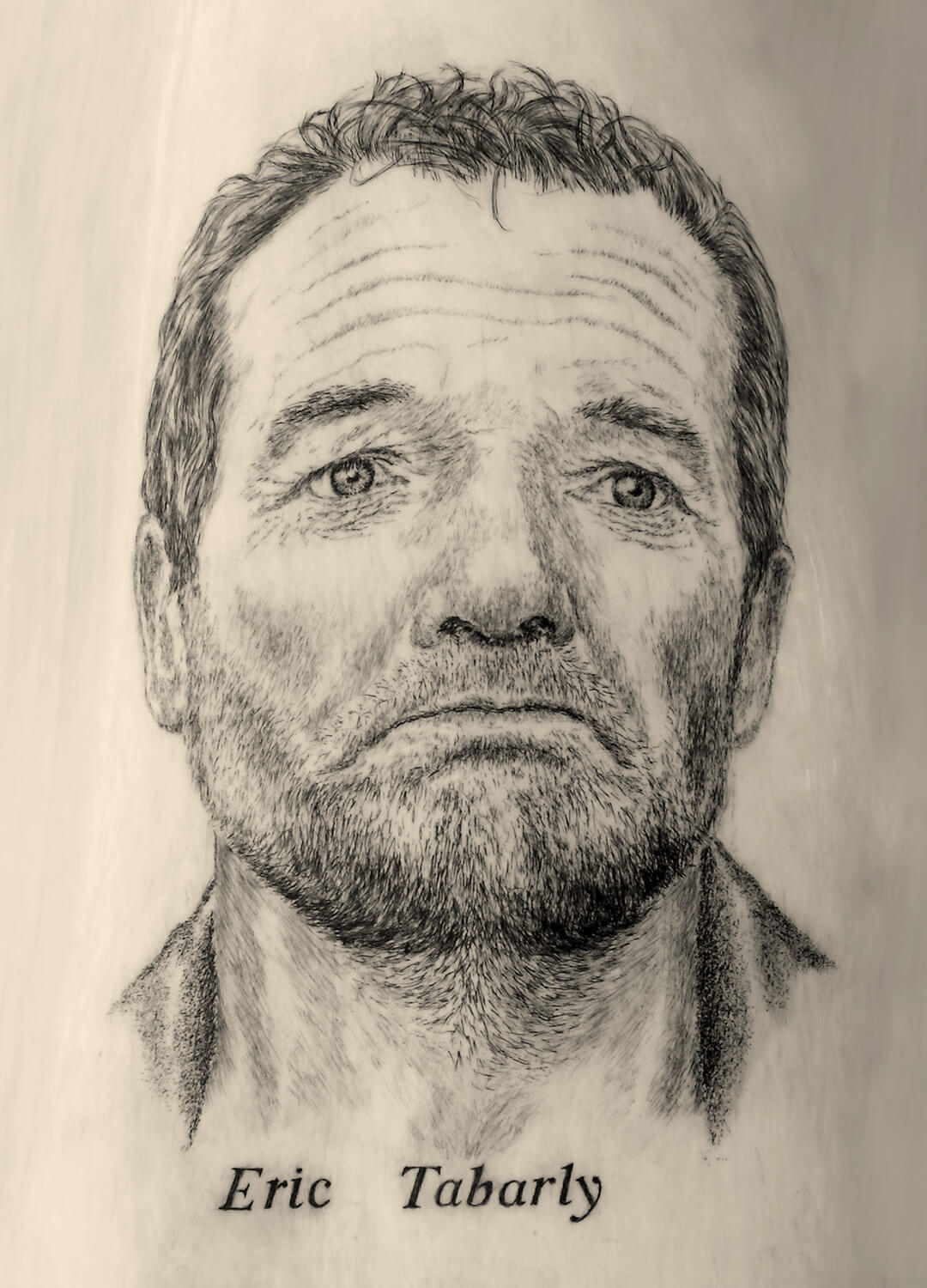
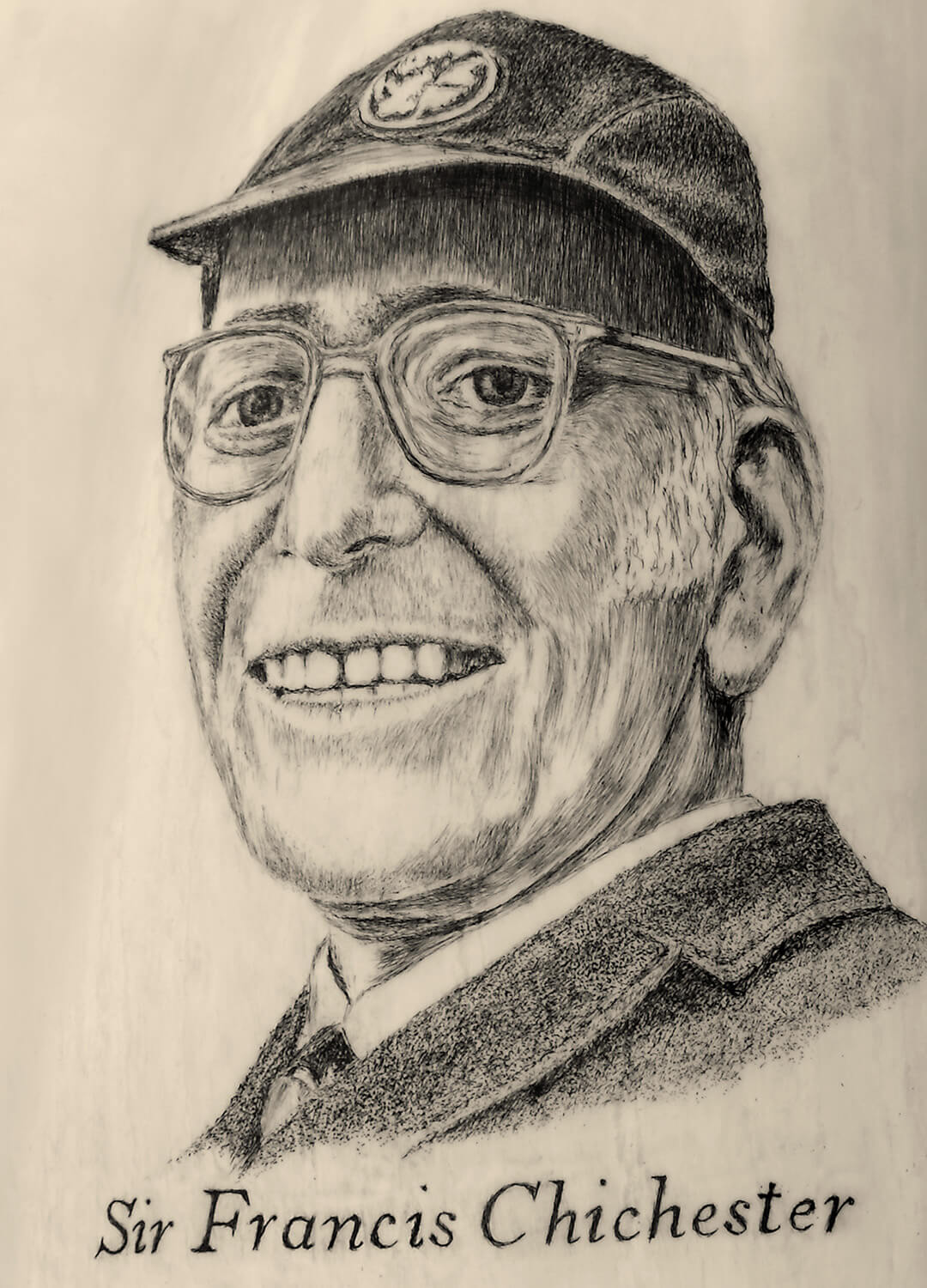
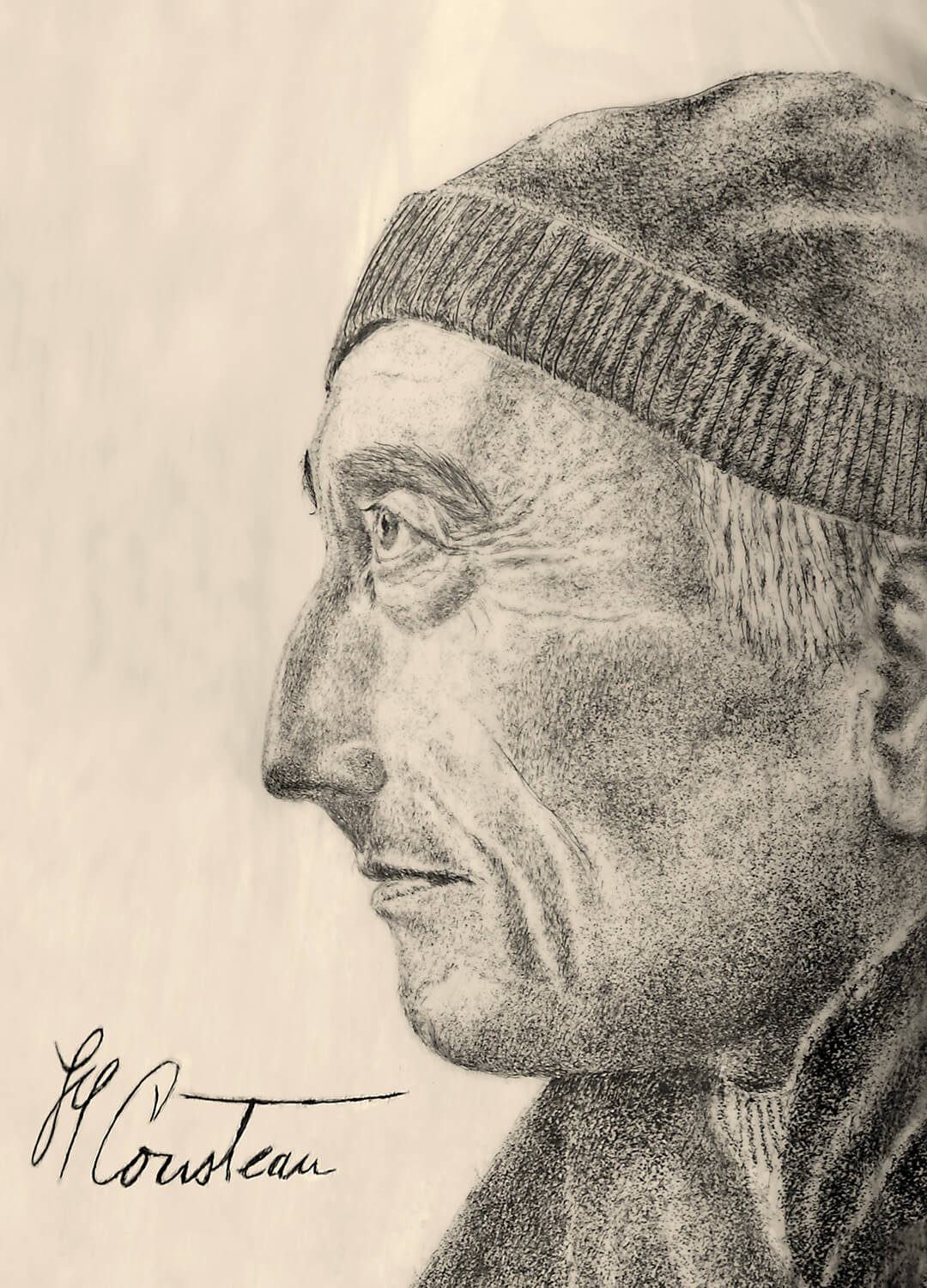
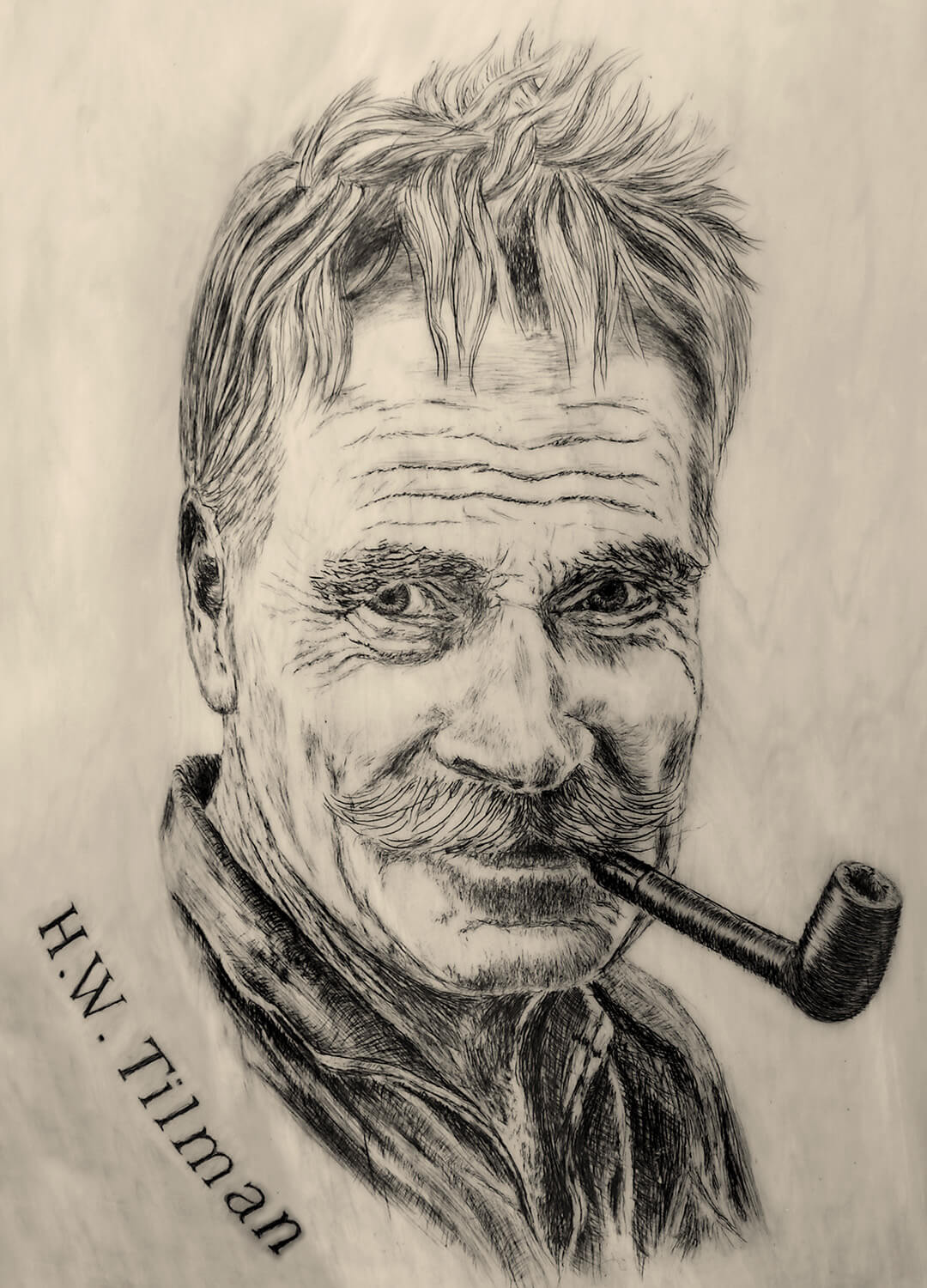
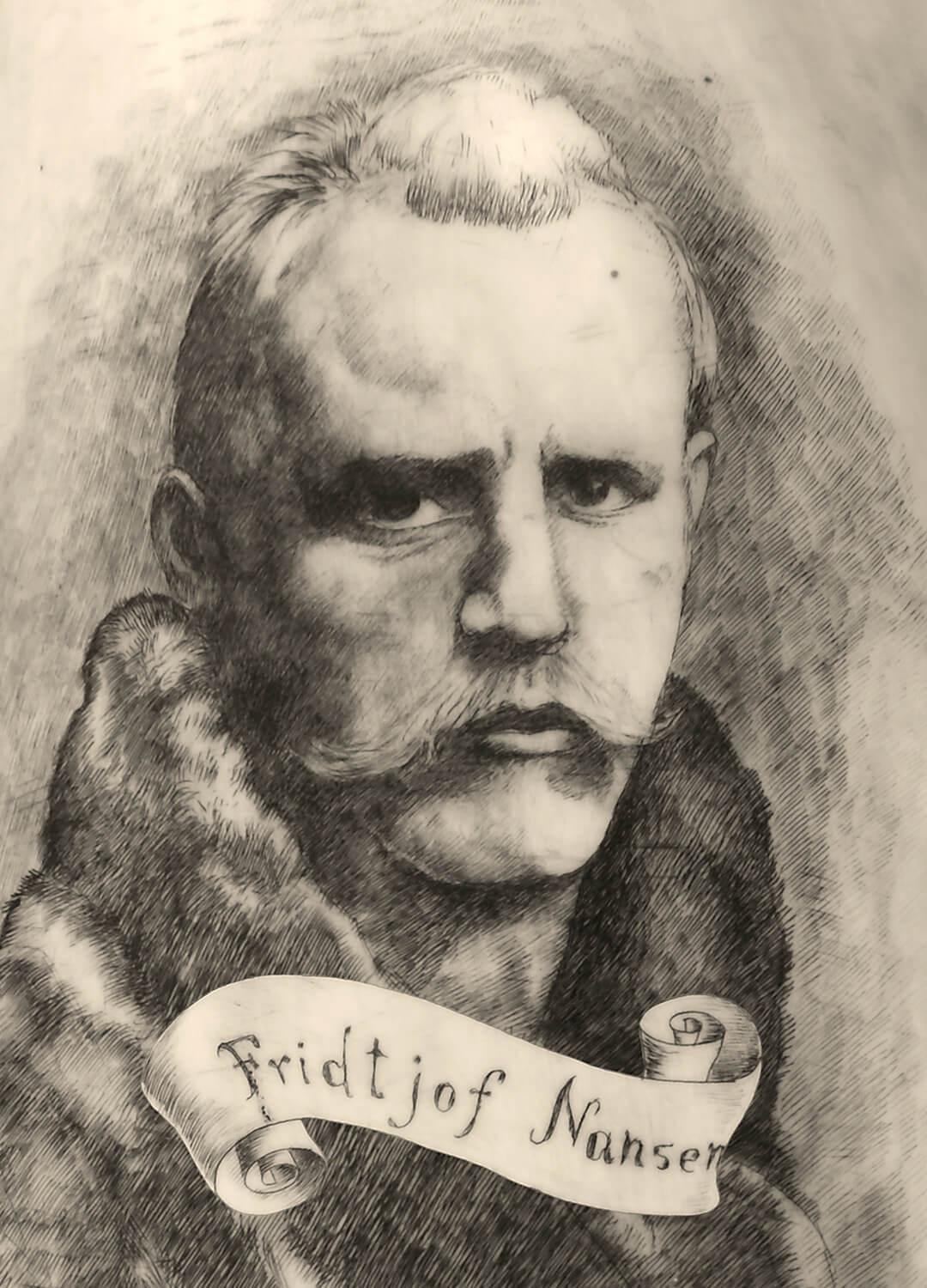
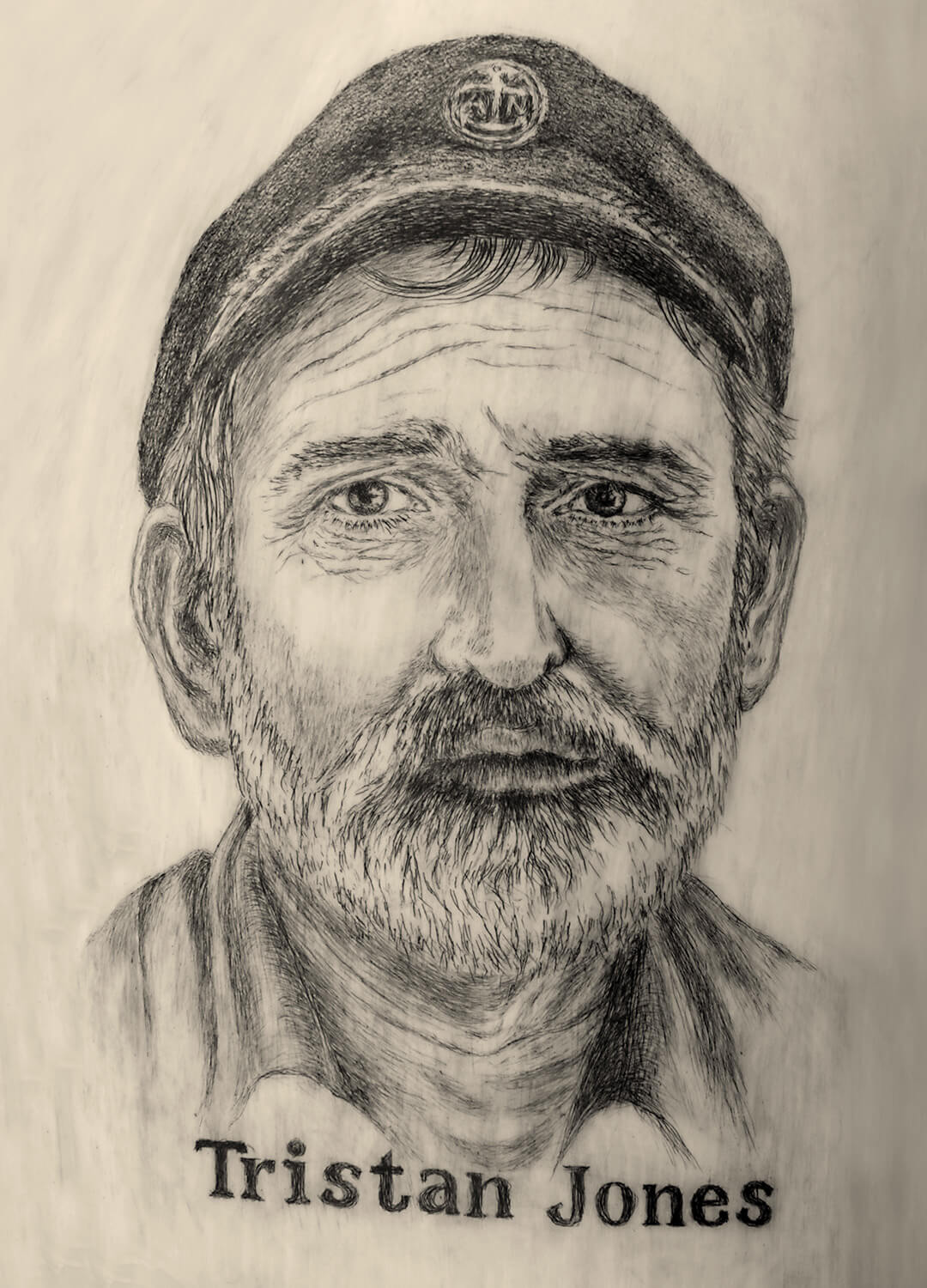
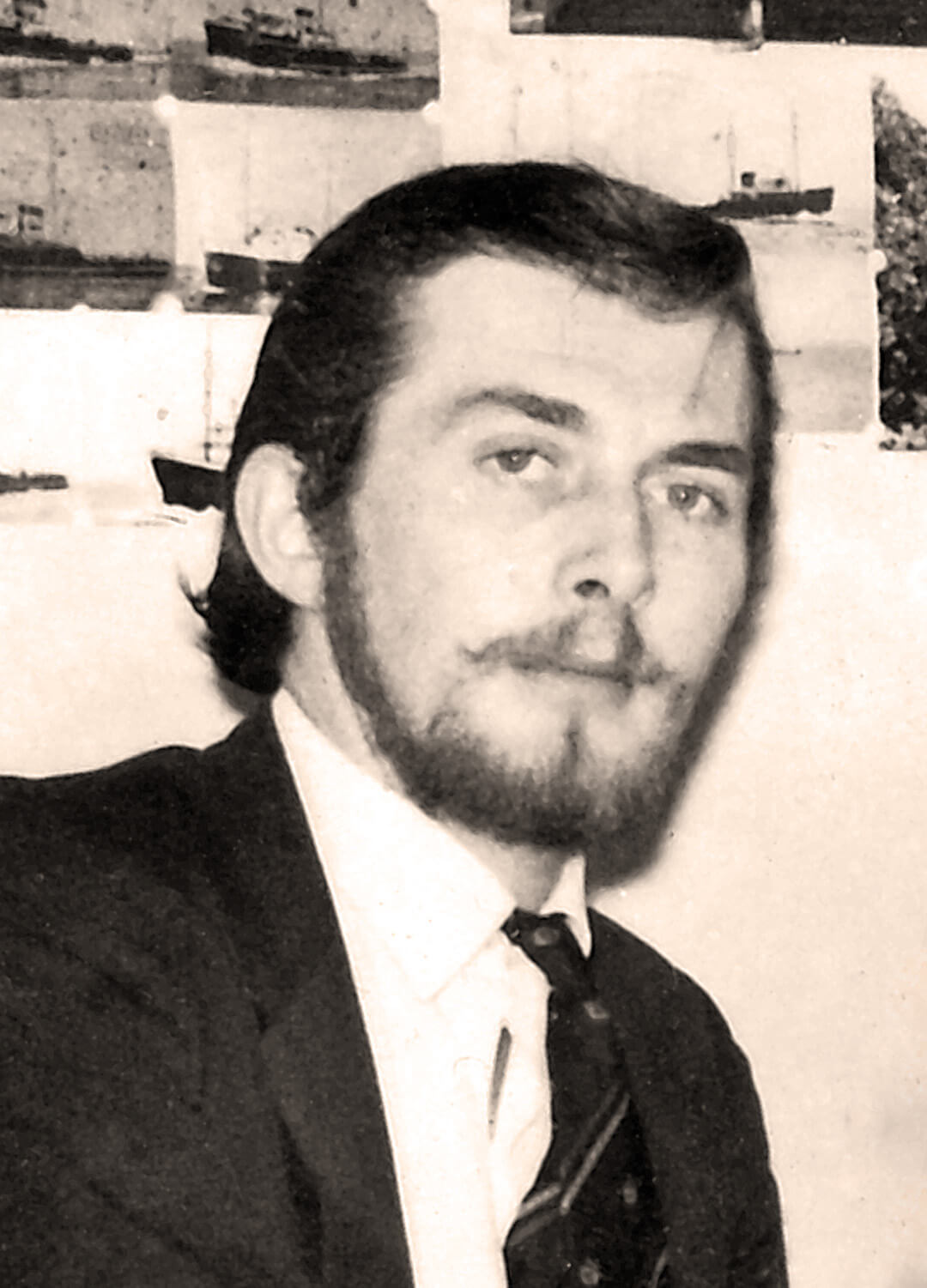
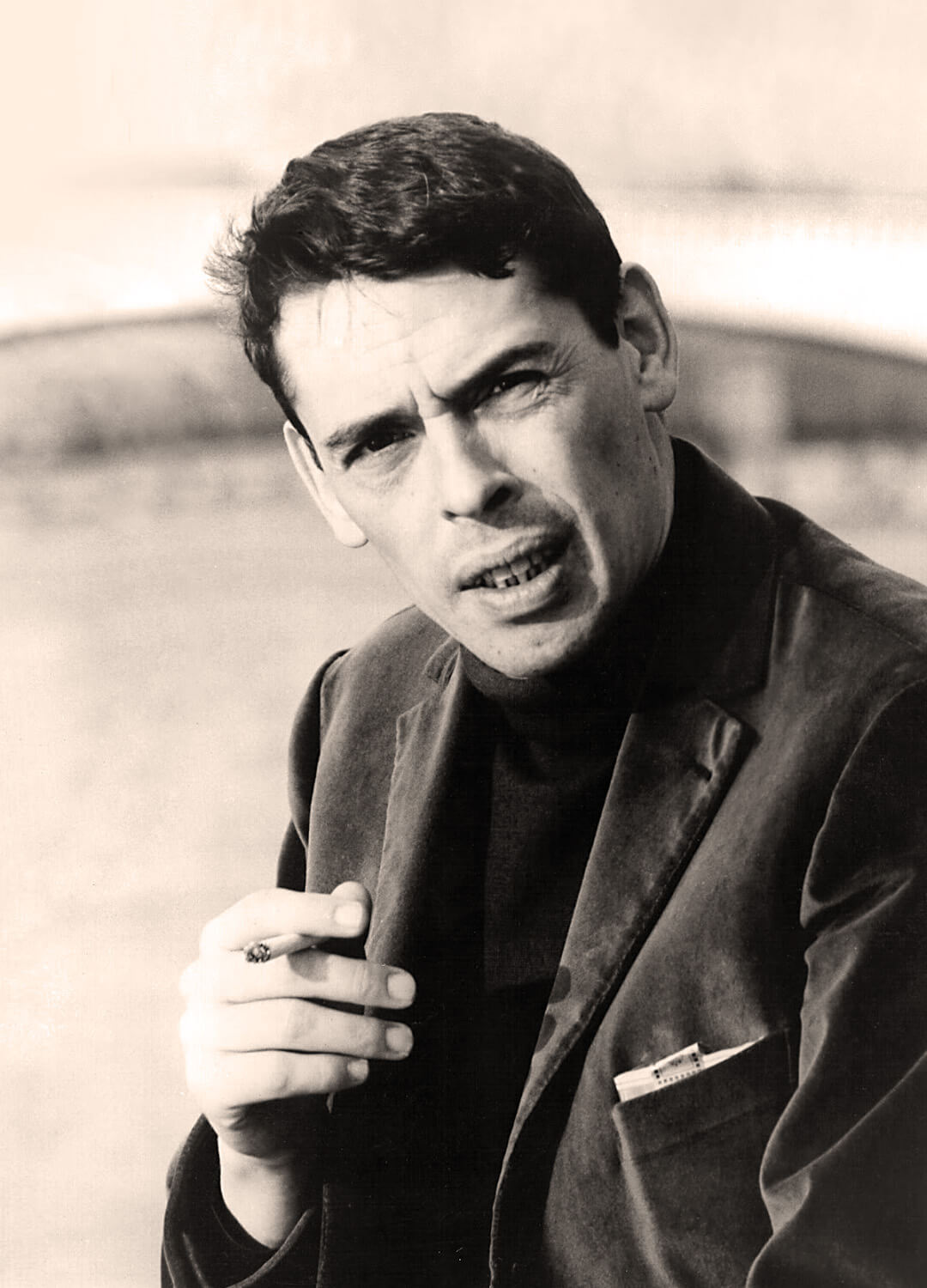


















On February 15, 1986, Saturday, between noon and 4 PM, the largest storm of the 20th century unexpectedly happened with wind reaching speeds of 250km/h.
José Henrique Azevedo took pictures during and after the storm. The waves reached heights between 15 and 20 meters, with the breaking reaching 60 meters.
When showing what happens to yachtsmen who frequent his bar, José Henrique passed two of the slide photographs on paper. It was then that an employee of the Café, who was deaf and mute, when approaching the image identified that a human figure (hair, eyes, nose, mouth, and beard) formed in the resentment of the wave, calling it ...
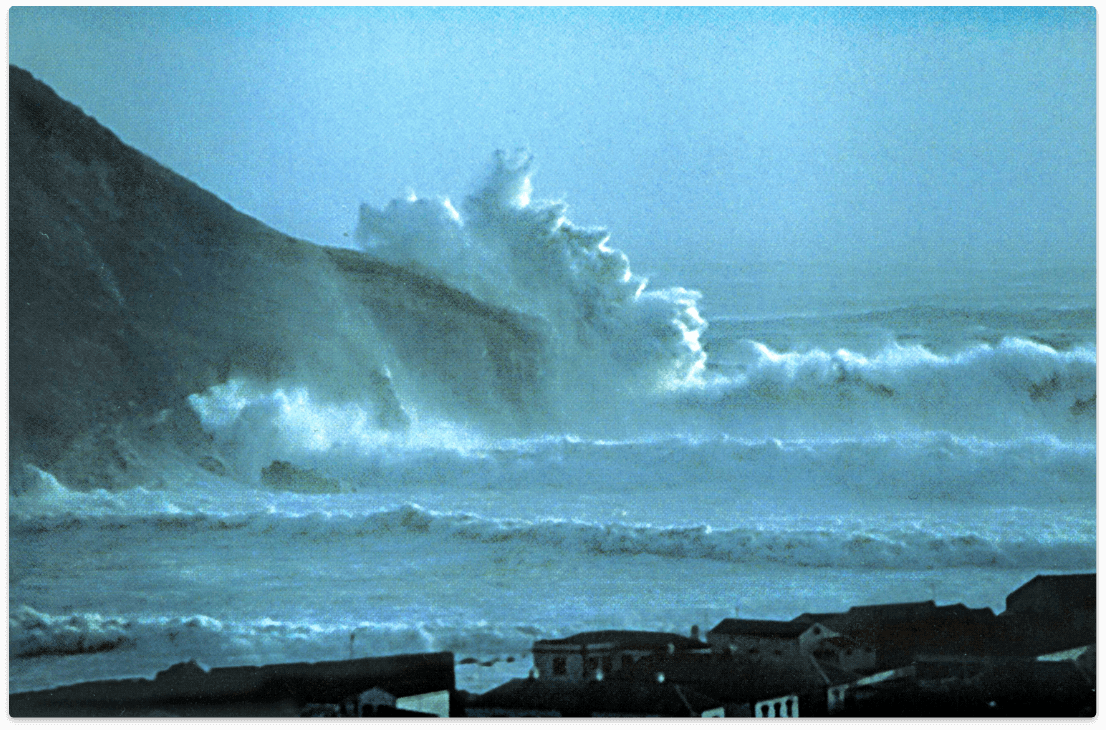
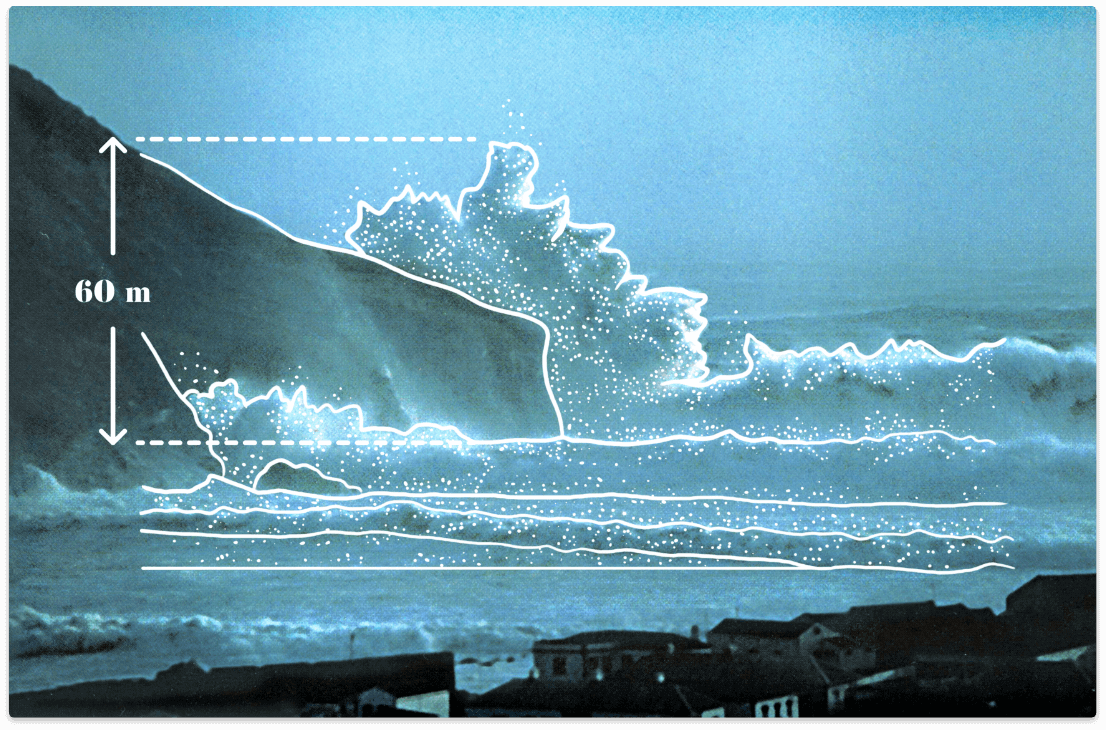
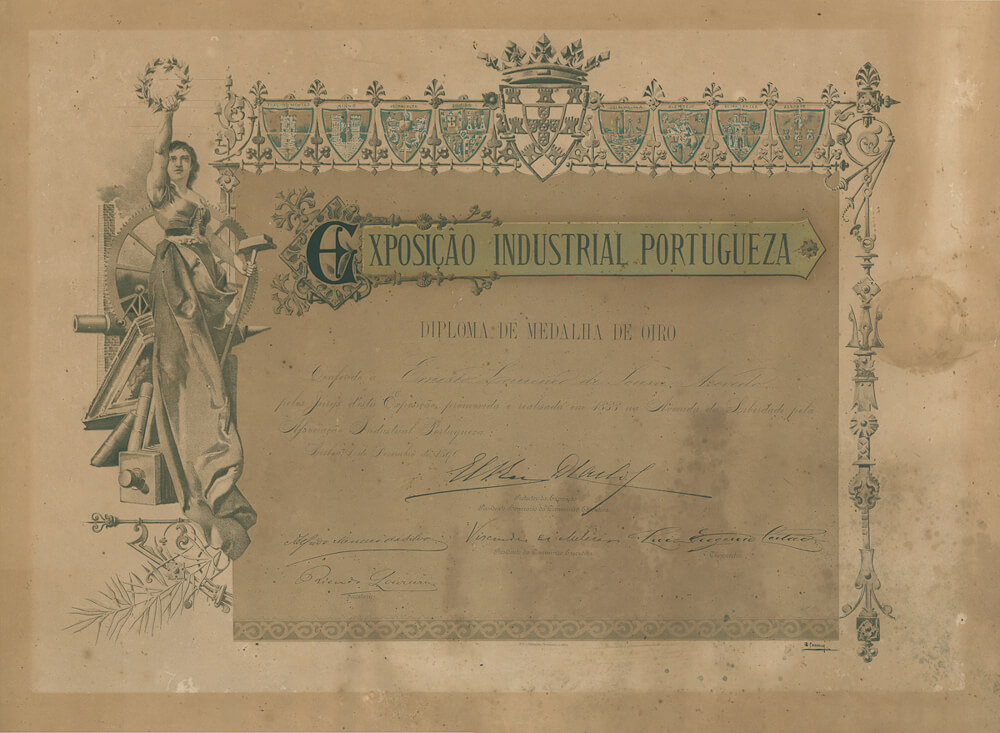
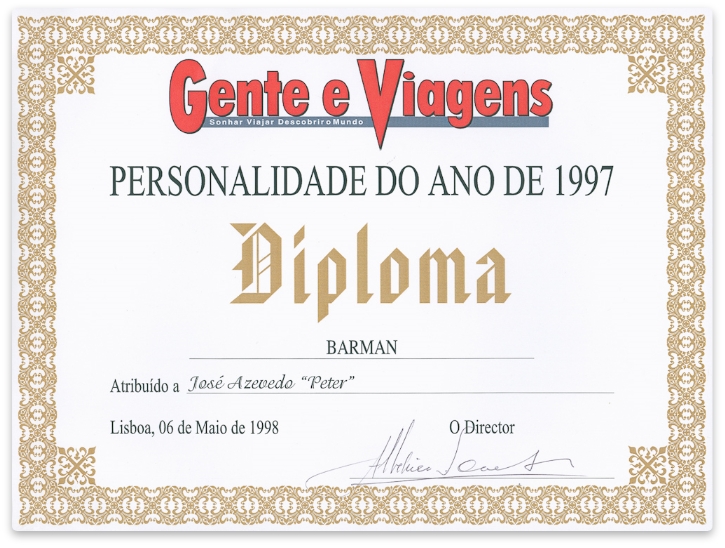
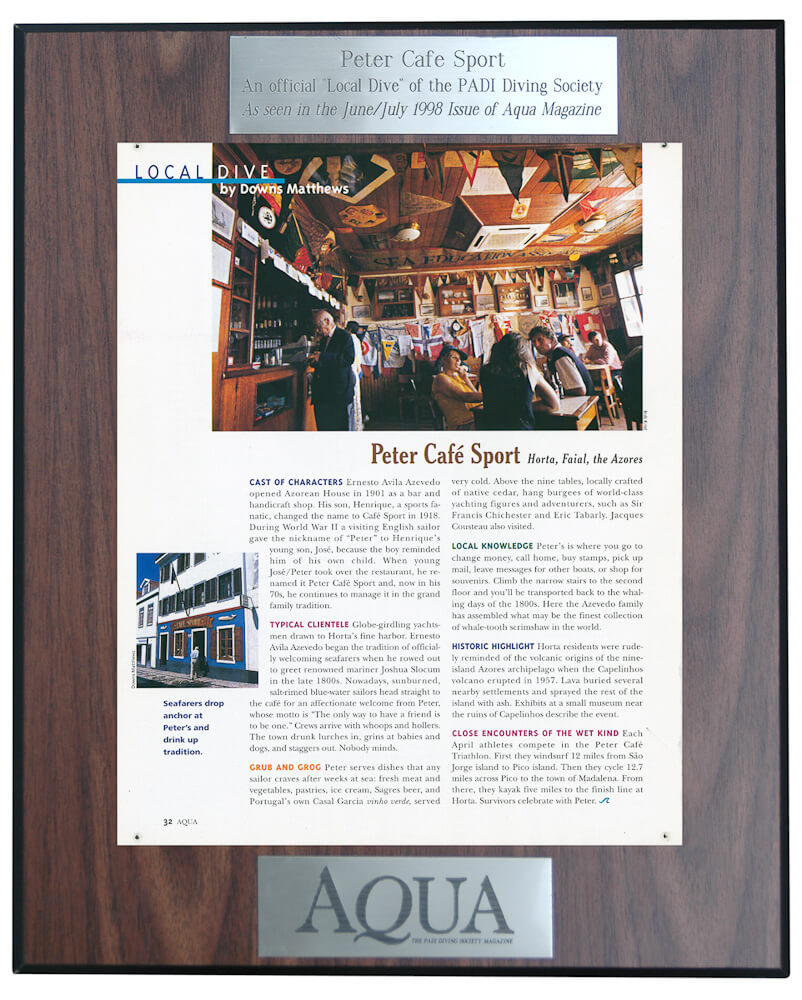
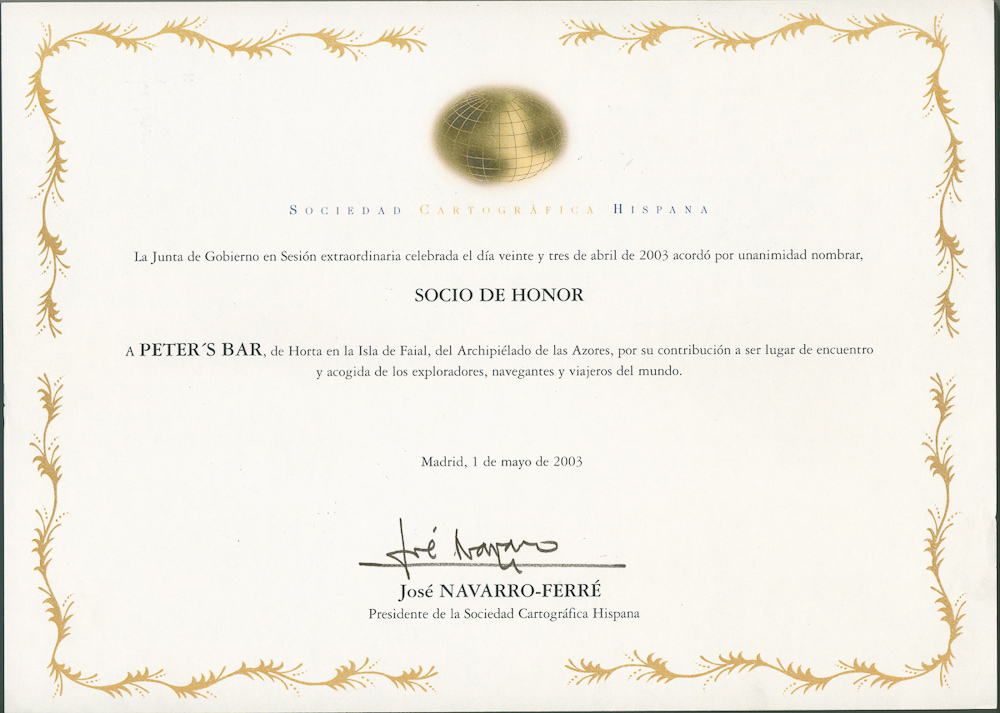
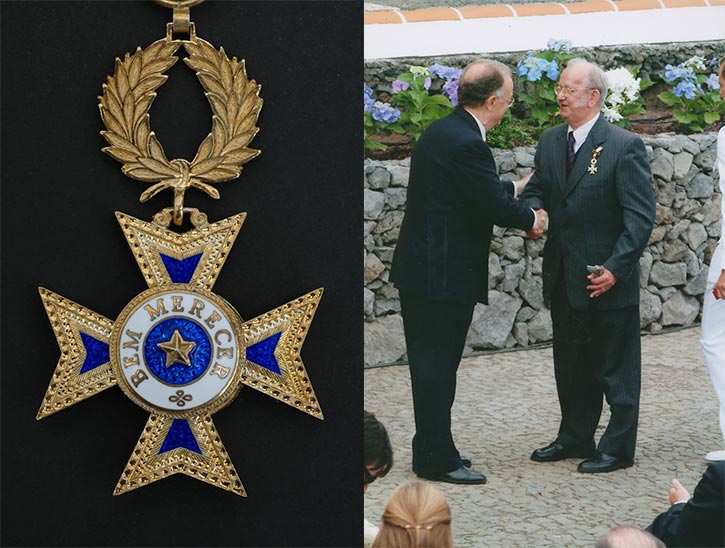
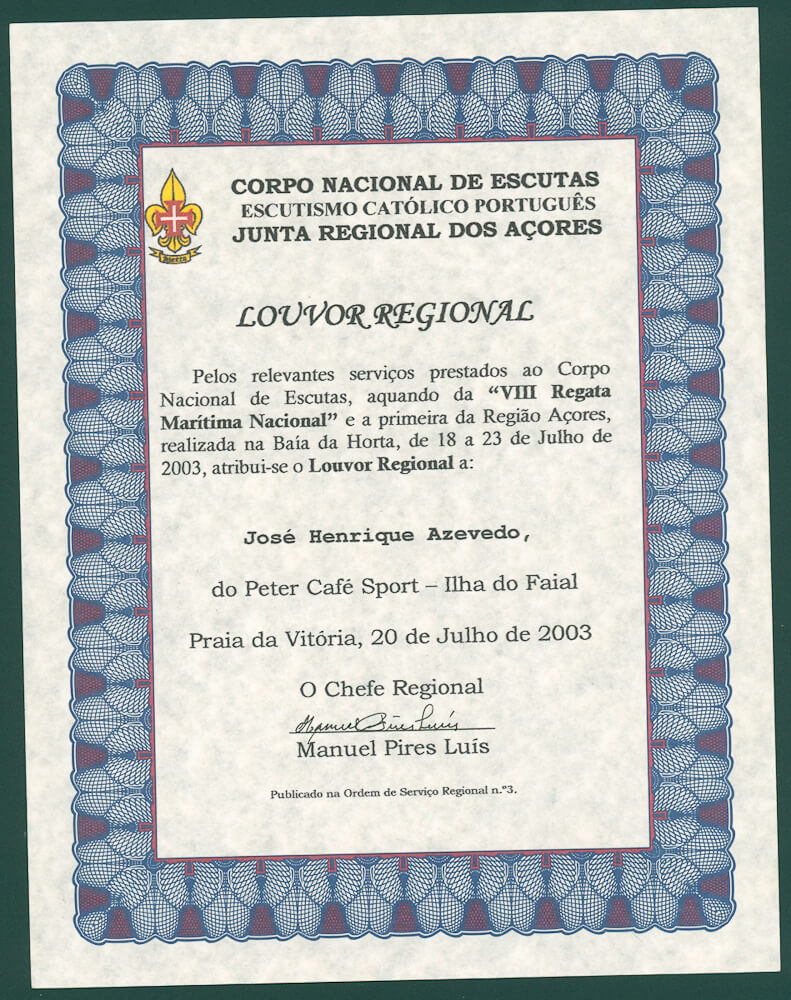
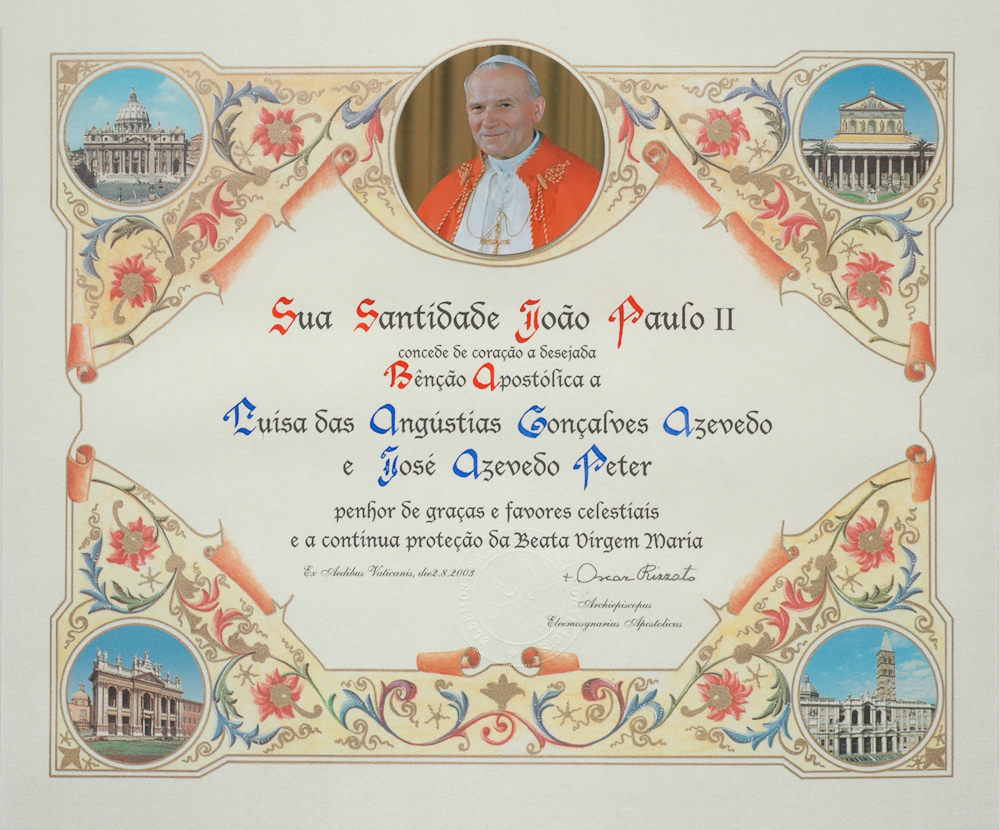
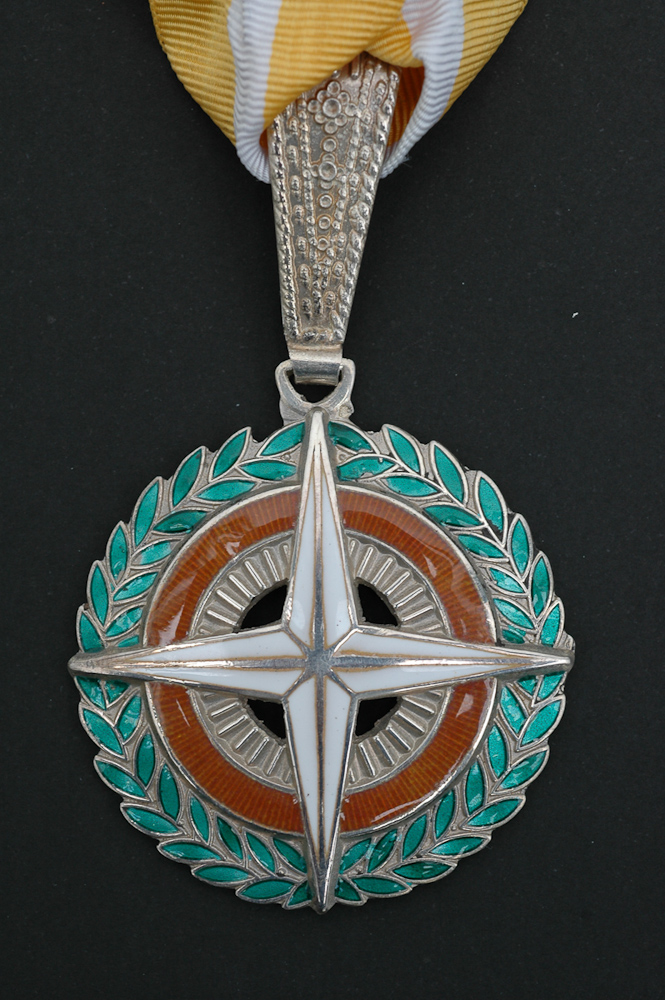
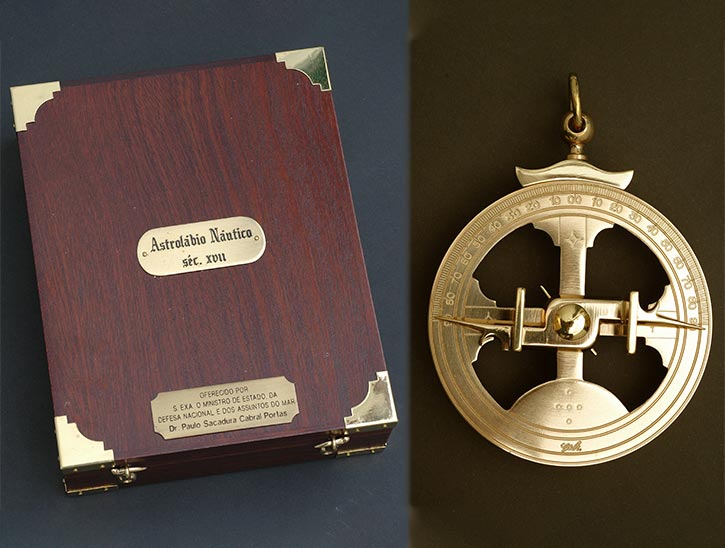
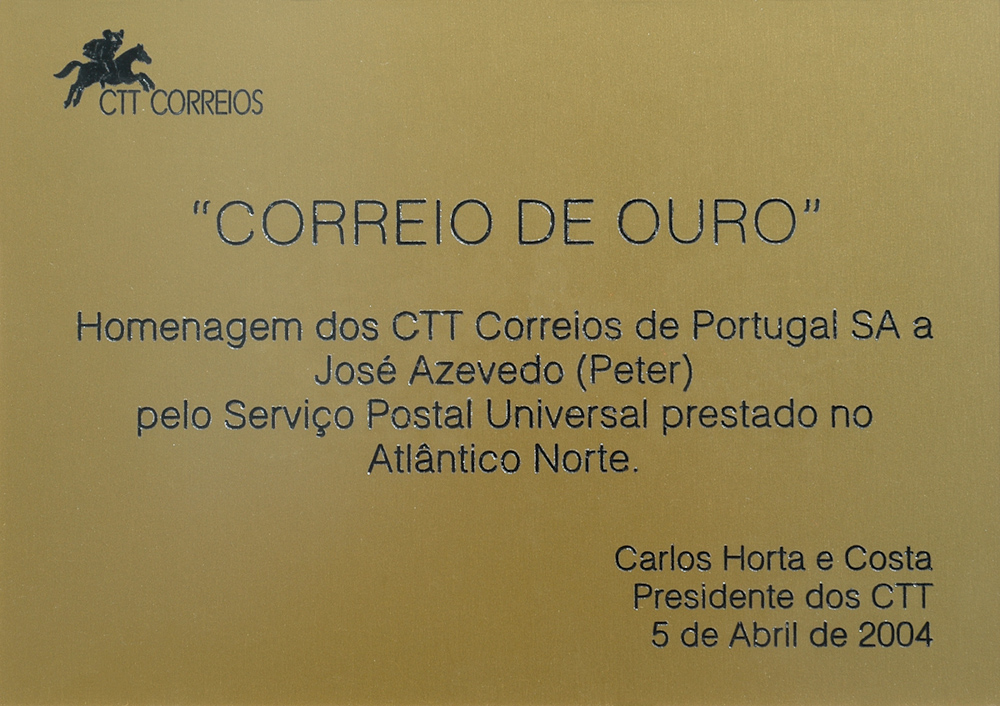
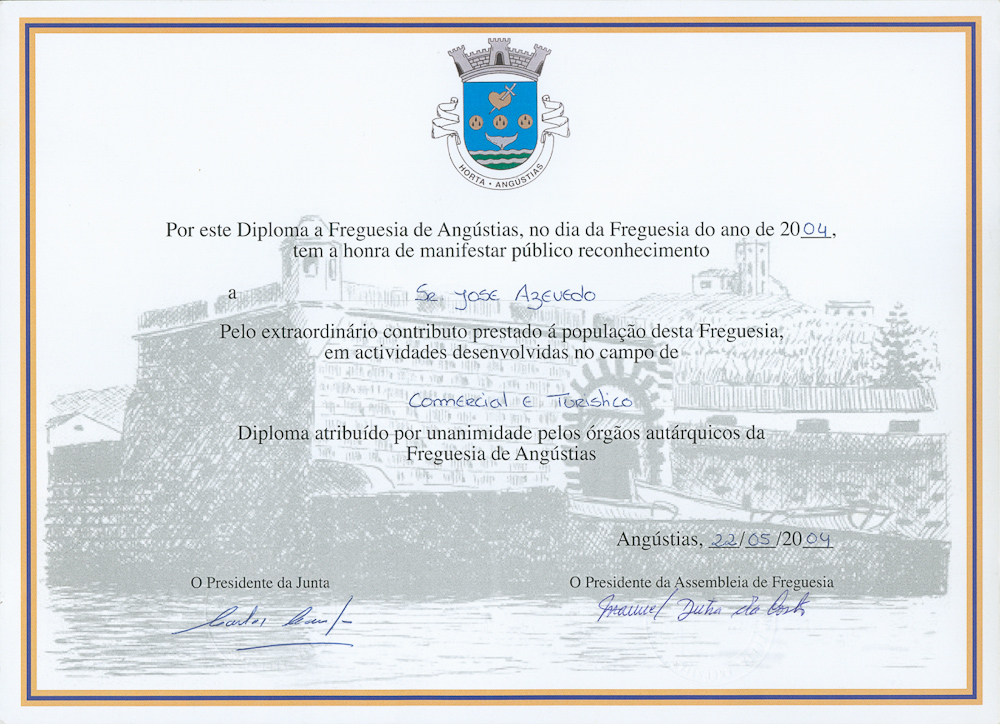
The owner of the Café Sport and his son lost their time to assist us in various matters and get us a daily dose of wild strawberries.
The “CRUISING ASSOCIATION” of London now has a representative in Faial. Mr. José Azevedo, the internationally known “Peter” from the Café Sport, has just been invited to represent in Faial the Cruising Association, an organization based in London. This English association has hundreds of members, some of which have visited our island on board their yachts.
Boats are not only attracted by the beauty of the land but also by Peter’s fraternity. “Peter” is an international name. Peter’s Café is known in France, America, Japan.
Frankly, there are reasons for the increased global interest to the extent that the practice of sailing becomes increasingly disseminated.
And the name “Café Sport” appears in international guides as a link in the middle of the Atlantic. Mail from the four corners of the world arrives in the Azores at the Café Sport, thus a constant and effective promotion of the name of the Azores. The Café Sport is a source of pride and provides valuable services in advertising the good name of this Land and of its People.
It is undoubtedly an establishment of public utility. It is necessary to recognize it and to give it the corresponding material dignity.
Sir Francis Chichester and the Café Sport in a moment of distress.
As it was reported, three days after departing Horta, the Gipsy Moth was caught in a strong storm and suffered heavy damage; being flooded, it led its only crew member to believe that the final hour had arrived not only for the yacht but also for him. The moments when he considered his salvation to be impossible were marked by a sentimental detail; Sir Francis Chichester writes that his thoughts turned to his wife Sheila, to his son Giles and also to some old friends, among them “a man named Peter, owner of a small coffee house in Horta”.
Jaime Saint-Maurice, who is a true journalist, may have been in Castelo Branco for the opening of the airport, but what is known for sure is that he was in Horta going through those cases that have a trivial face and unusual underpinnings. Hence its “home of the world” which is none other than the “Café Sport” of Horta, a typical coffee house on the waterfront of Santa Cruz, where all yachtsmen that cross the North Atlantic end up brought by the fetish of a name – “Peter.” “Peter” is a “saint and a password” for yachtsmen from all over the world who enter the port of Horta, and his “Café Sport” is a temptation to all journalists that go there. And Saint-Maurice was no exception, and despite everyone being head over heels with the airport he, a journalist, went to the “Sport” for the inevitable...
A yacht, a wharf and a glass of gin.
Drinking a gin and tonic at Peter’s is part of the art of sailing.
If you pass by Horta, don’t forget Peter’s…
As far as tourism is concerned, Peter’s Café is in Horta, Azores. It is the most important place for the concentration of tourists; its gin and tonic is known throughout the world; its friendliness is universal; the walls of the coffee house bear witness to all of this; its photo albums are the real evidence that, among ambassadors, naval attachés and even some princesses, its fame is not only universal but also royal … And why? Why is a small café, across the street from the sea which surrounds Horta on all sides (except one), so well known worldwide? Because there is no war vessel, yacht, amateur sloop or racing boat whose crew did not go to Peter’s to drink a gin and tonic and local wine and eat their extraordinary delicacies.
“I was wonderfully welcomed in Horta.”
“I have disembarked in 33 different ports. It was beautiful; it was a unique experience that allowed me to meet other people, as well as different places… I’ve never found a café such “Sport Peter” in any other place, not even in South Africa.”
From foreign exchange office to general delivery, from yacht club to news agency, from weather station to charitable institution, from tourist attraction to welcoming house for international visitors, Peter’s is not simply a coffee house but a world-renowned institution.
A gin and tonic at Peter’s
In Horta, going to Peter’s is like going to the source. Next to the harbor, the small bar is decorated with yacht flags and this is one of those details that characterizes and distinguishes the spot.
Café Sport is its proper name. “Peter” is the nickname. Henrique Ávila Azevedo. Barman from next-to-the-quay. Many years ago, he surreptitiously prepared me the first gin and tonic that I emptied here in Horta. I have known him with thinner looks, completely white hair and a disguised smile. There are things and faces that we never forget. Whatever lies in this singing voice from Faial, whatever lies in the fragrance of this drink that oozes slowly, Peter’s Café Sport will forever be the route of conviviality and fraternity.
Best bars in the world.
Peter is a really nice person… even if you don’t drink.
Paris has Harry’s Bar, Singapore has Raffles, and New York has McSorley’s Saloon.
Faial in the middle of the Atlantic has Peter’s Bar, where single-handed sailors meet.
The quays were almost deserted and the last foreigners from the cable companies, with their luggage already prepared to go, were having a farewell drink at a small bar near the port. It was a cozy café, painted blue with a handful of tables. It had been founded in the wake of the euphoric 1920s and was called “Café Sport.” One day, from a port, Horta became a marina. And the small Café Sport grew to become one of the most famous bars in the world.
Assisted by his son José Azevedo, who gave it all the enthusiasm and affection that are the prerogative of youth, the museum came to life … another contribution to the Azores and to Portugal by the family. In fact, Peter’s great-grandfather, Ernesto Azevedo, participated at the Lisbon Industrial Exhibition in 1888, showcasing Azorean handicrafts products (lace, wicker, etc.) which he sold at his store “Bazar of Fayal – Manufacture’s & Produts.” And he won a gold medal. It was a century ago.
Best bars in the world.
Peter’s Sports Bar, Horta, Fayal, the Azores.
The location in the middle of the Atlantic is far enough” – Bosson von Willebrand, Helsinki, Finland.
Triumphal entry into Peter’s Café
At Peter’s the entrance of Soares caused “ahs” of astonishment and an unusual buzz, as it was full of customers, mostly foreigners, who did not hide their admiration when they learned that it was the President of Portugal in flesh and bone who was there before them. After a visit to the café’s museum, known worldwide by the dozens and dozens of items made from whale tooth and expertly crafted with detailed drawings of all kinds, Mário Soares signed the guest book and savored Peter’s equally famous gin and tonic.
Today, this cosmopolitan city is an authentic babel of masts, sails and languages, a welcoming “mansion” for knights-errant of the oceans that find in PETER and in his Café Sport a place of refuge and fellowship, which receives messages, exchanges foreign currency, provides weather forecasts and, above all, is a PAL.
Today, though lost in the immensity of the sea, it is as cosmopolitan as few others are. Much of the fame it enjoys is due to a local “institution,” recognized around the world but supremely and unjustly ignored by the Portuguese from the mainland: the Café Sport.
Deep Blue
…Café Sport, the symbol of free men walking through a beautiful world, borderless in terms of race and customs…
Night had fallen when I went to Peter’s, and while my companions judiciously purchased T-shirts, I was positively amazed by the scenes around me.
Peter’s Café Sport is one of the most beautiful things I have ever got to know. It is like a novel, a movie, a dream. At least for those who, like me, are Atlantic in their heart and soul and have a hopelessly romantic idea of ports, boats and traveling. The people around me do not disappoint. They come from the four corners of the world and form an unexpected group, cosmopolitan and universal, because Peter’s proudly calls itself “the place of refuge and assistance to yachtsmen crossing the Atlantic.” From one surprise to another, I climb upstairs to see the scrimshaw, a museum where I enjoy dozens of whale teeth that sailors polished, engraved and painted with “the islands, the people and the nostalgic longing … ...
Stop in Paradise
Then I was immediately adopted by Henrique Azevedo. I couldn’t even think about looking for my own supplies.
Every morning Henrique carried baskets full of food as if I had a whole family on board. Henrique Azevedo is the owner of Café Sport, well known to all sailors, single-handed or not. Everyone speaks of him with well deserved enthusiasm and boasts his kindness and attention. How could I be so ungrateful as to forget that he contributed to make this stop one of the most wonderful and most painful to leave that I have ever experienced? If he only speaks English besides Portuguese, and his son Peter speaks good French.
“Half-Safe: Across the Atlantic by Jeep”
Henrique Azevedo, subtle, honest and generous to a fault of others, is one of the most remarkable men I’ve ever met.
Henrique purchases, sells or trades almost anything and is a sort of eccentric Saint Christopher for foreign sailors.
Cruising world, august 1988
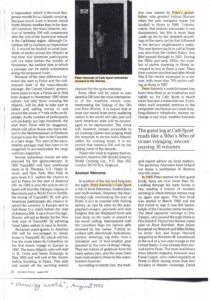
The National Geographic Magazine Vol. CXIII nº6 junho 1958
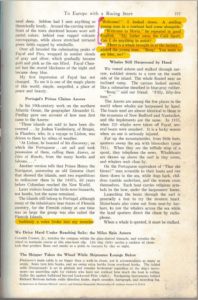
Do you have legal drinking age?
